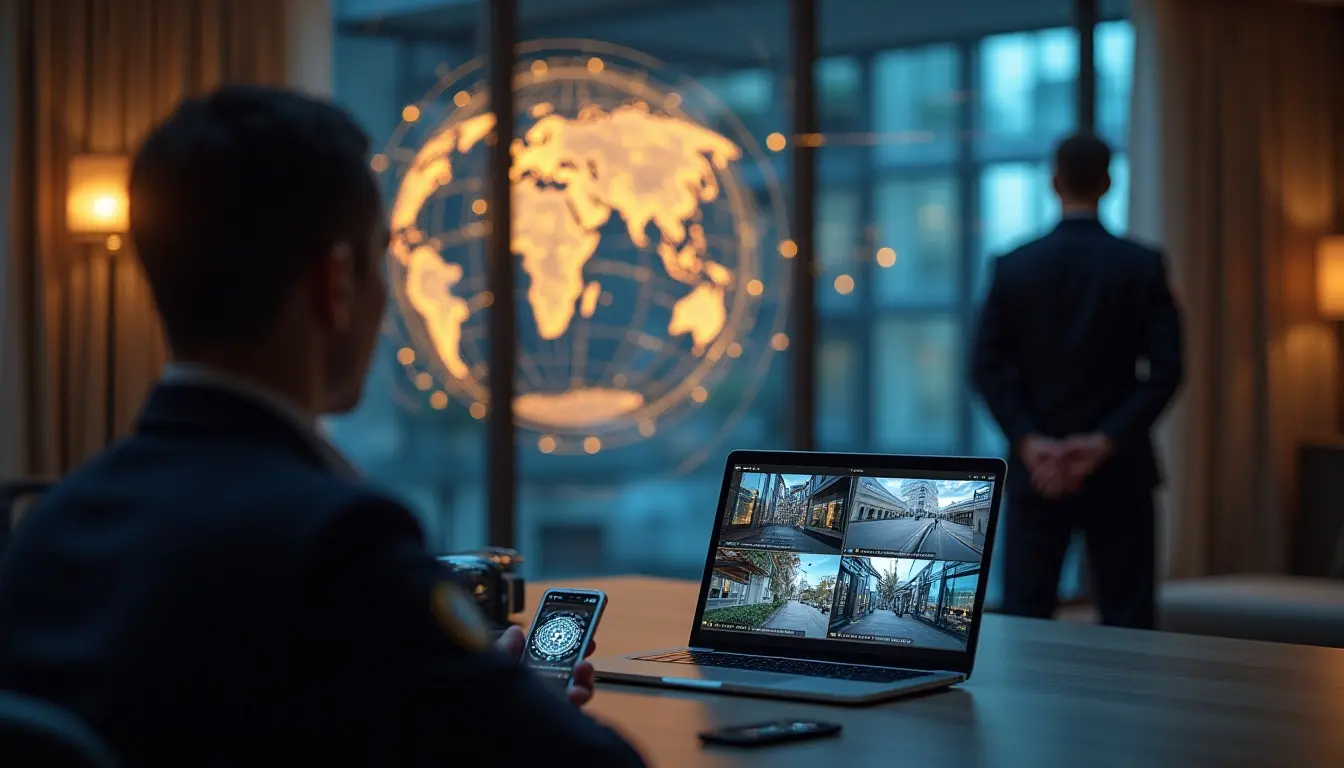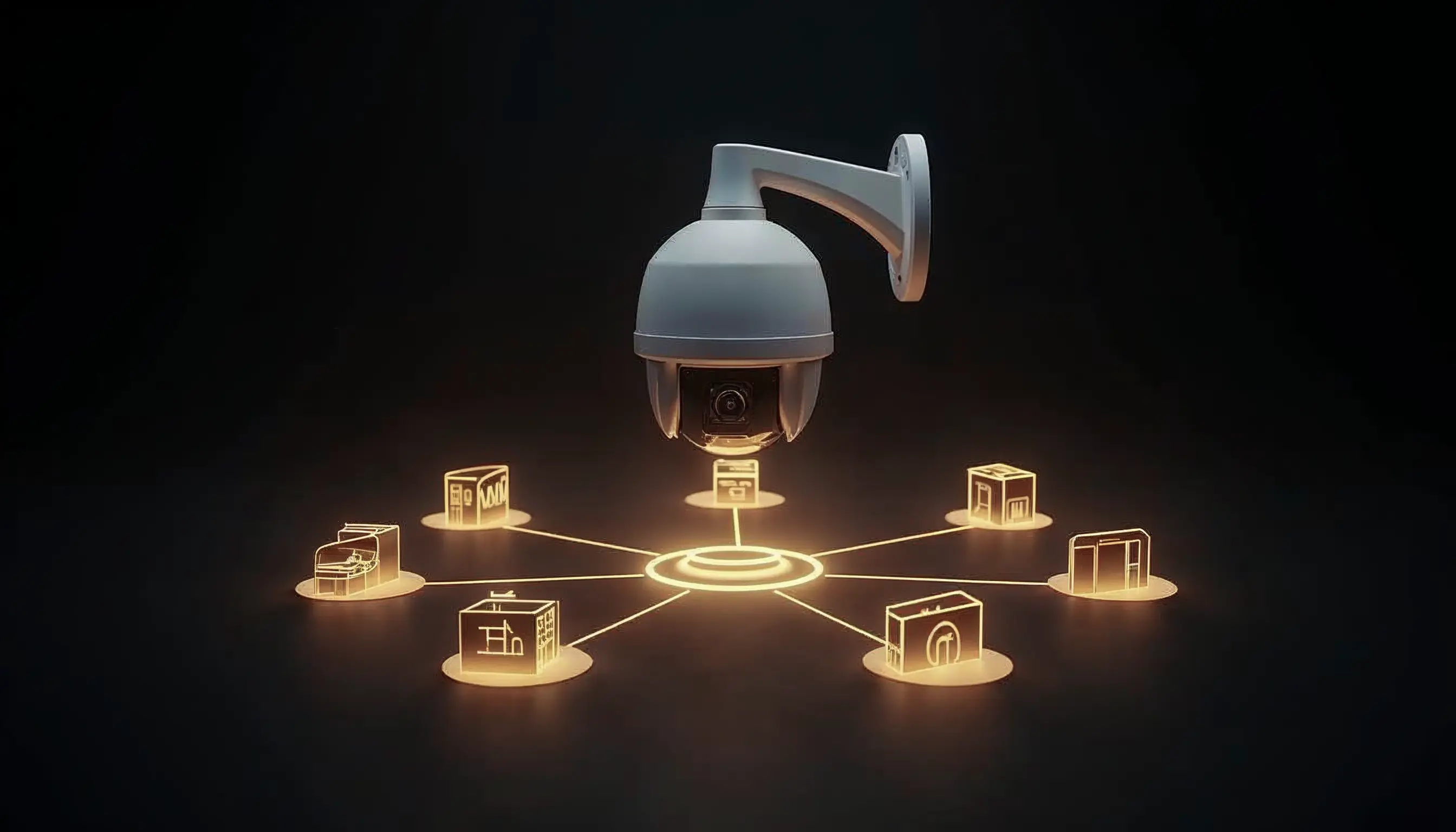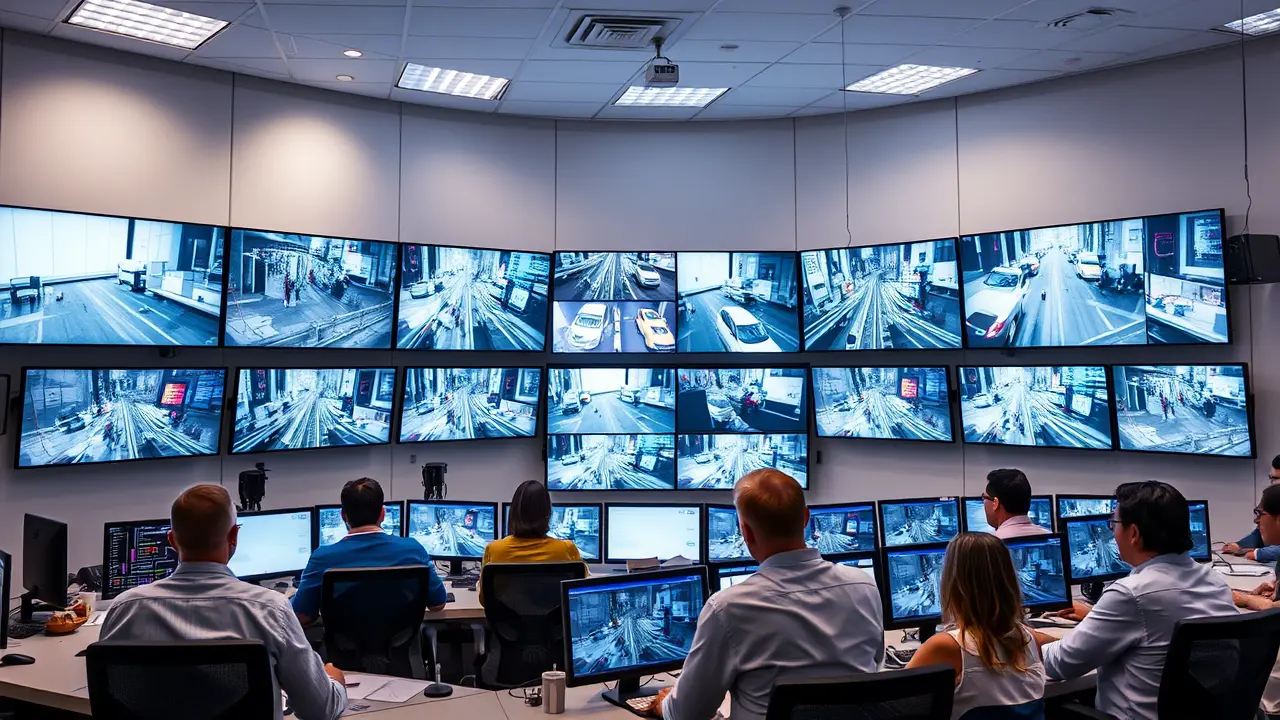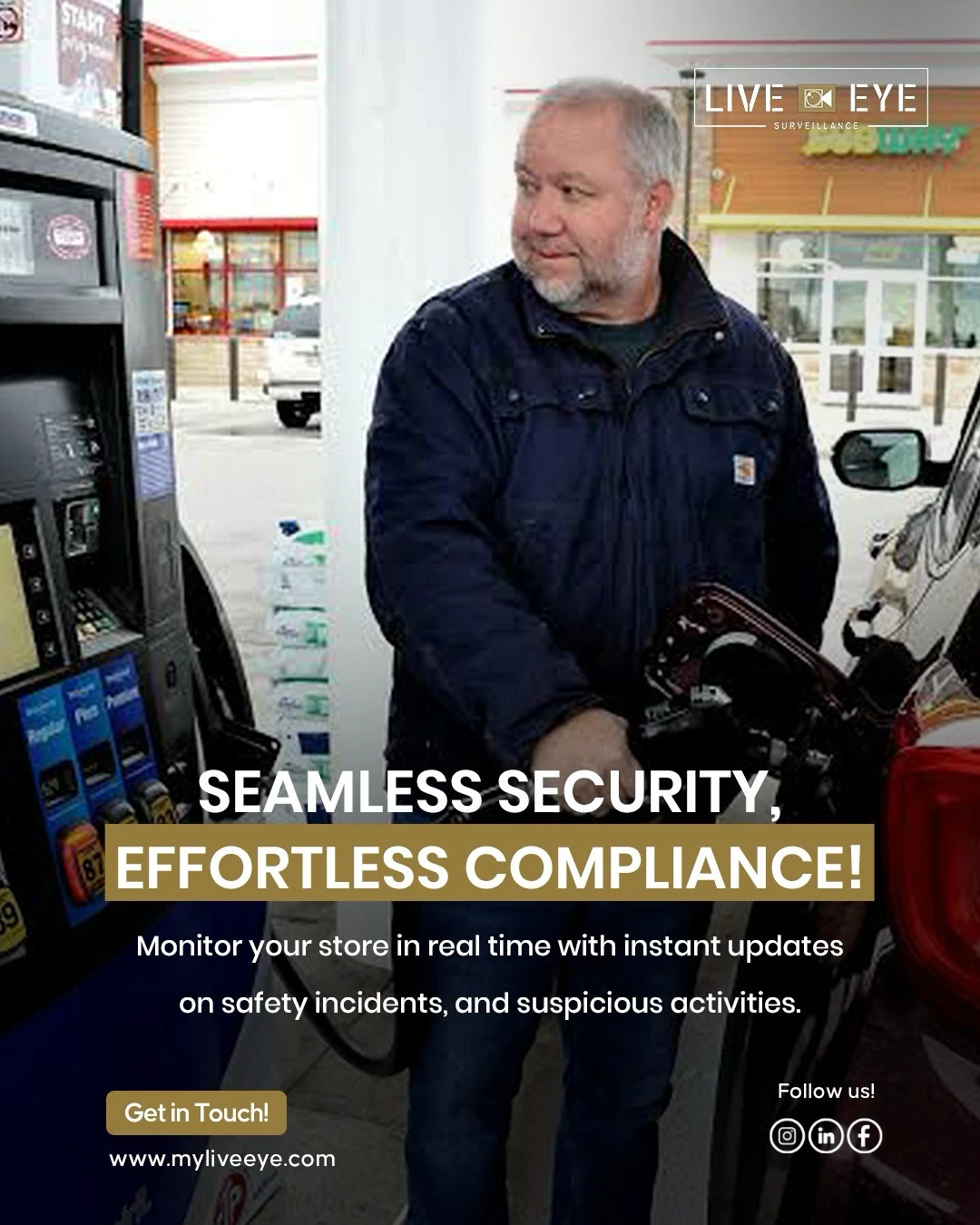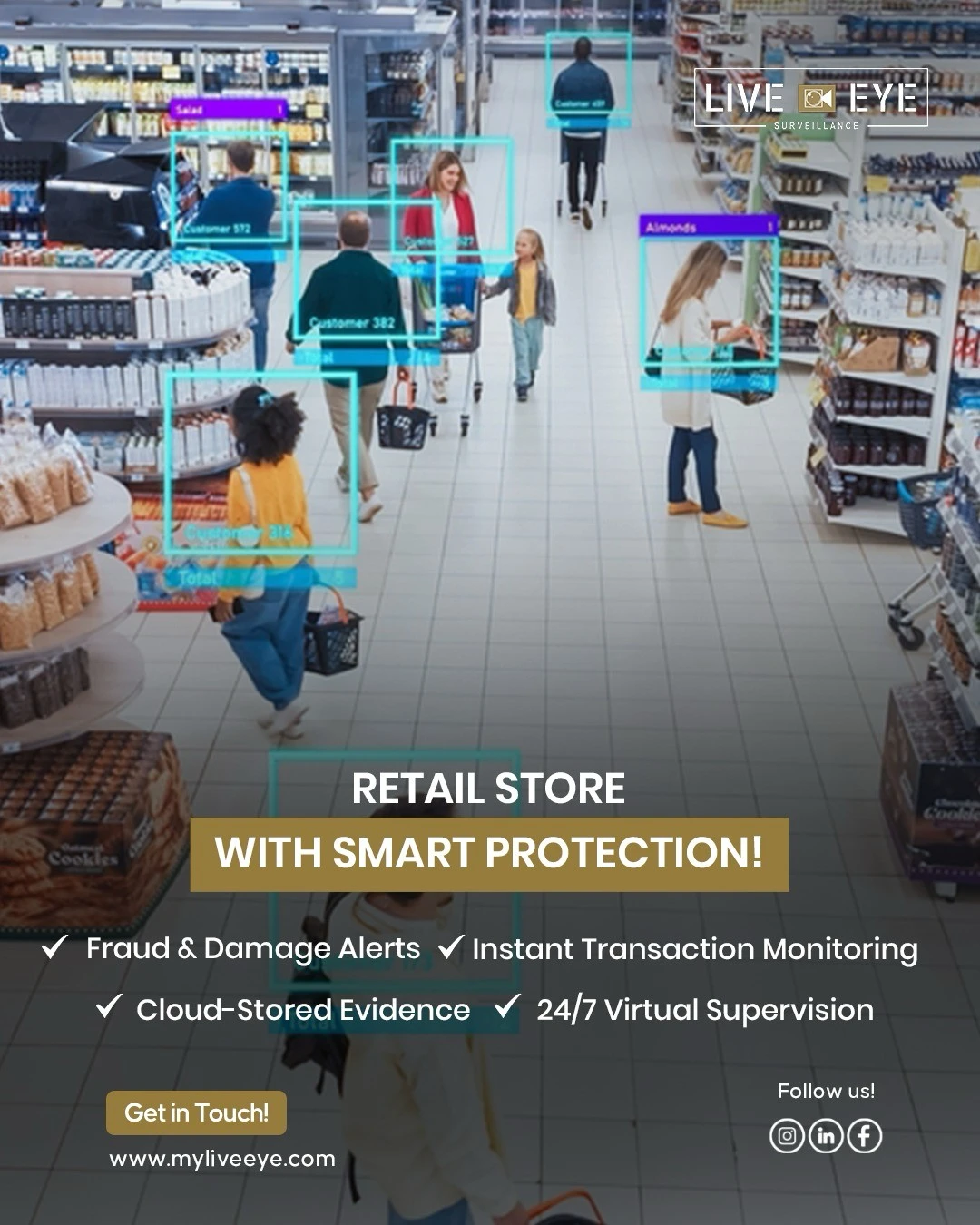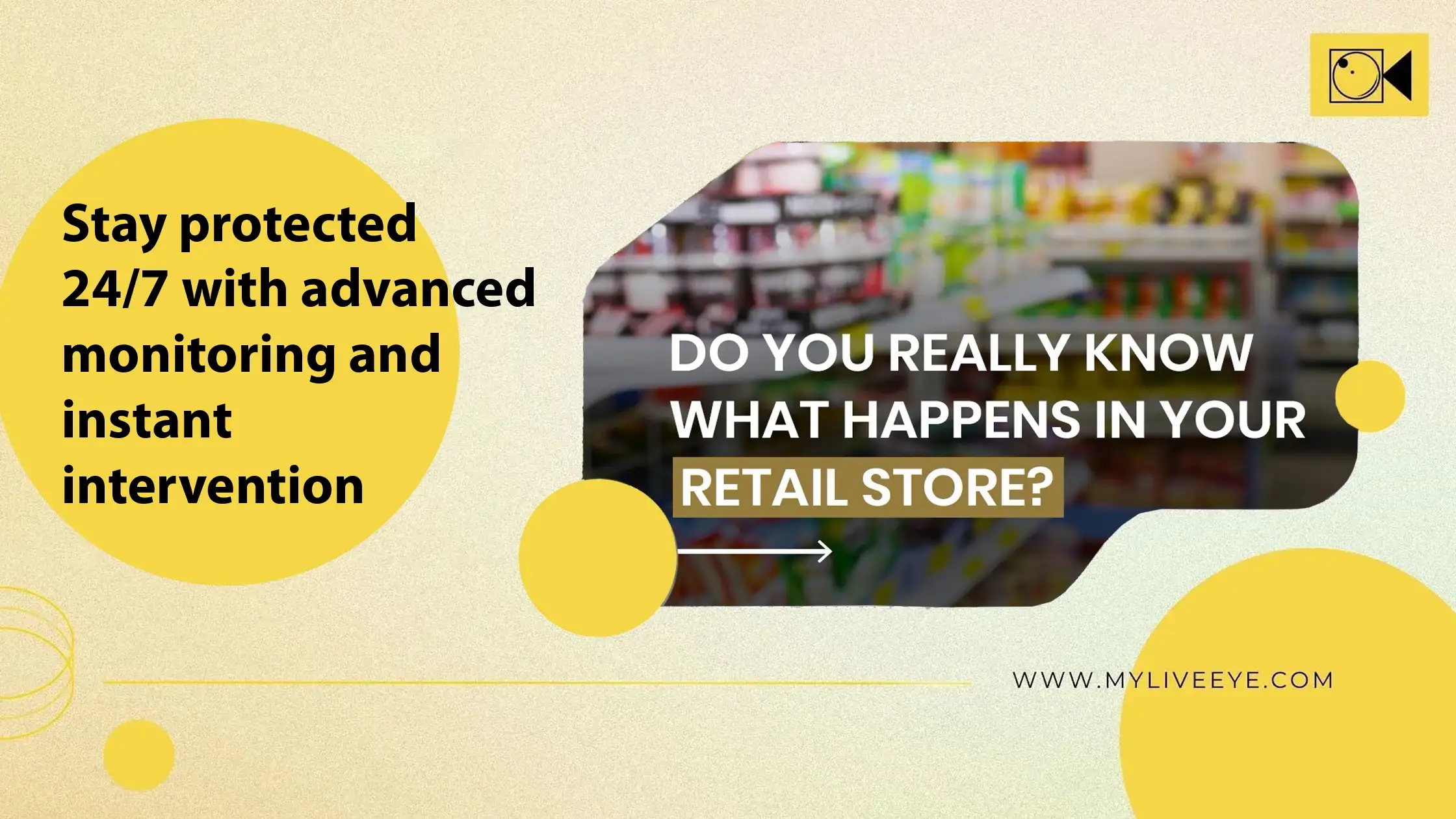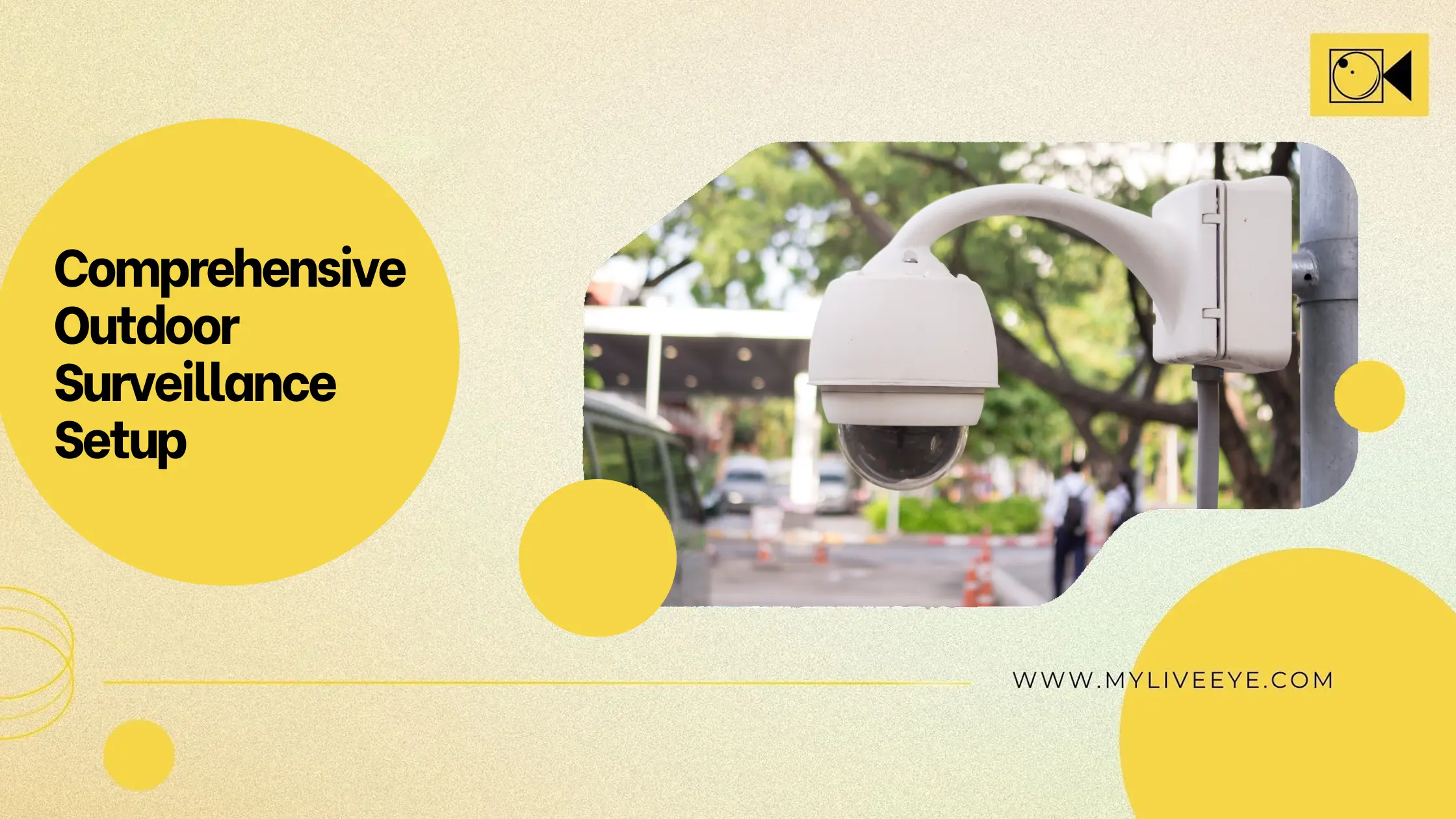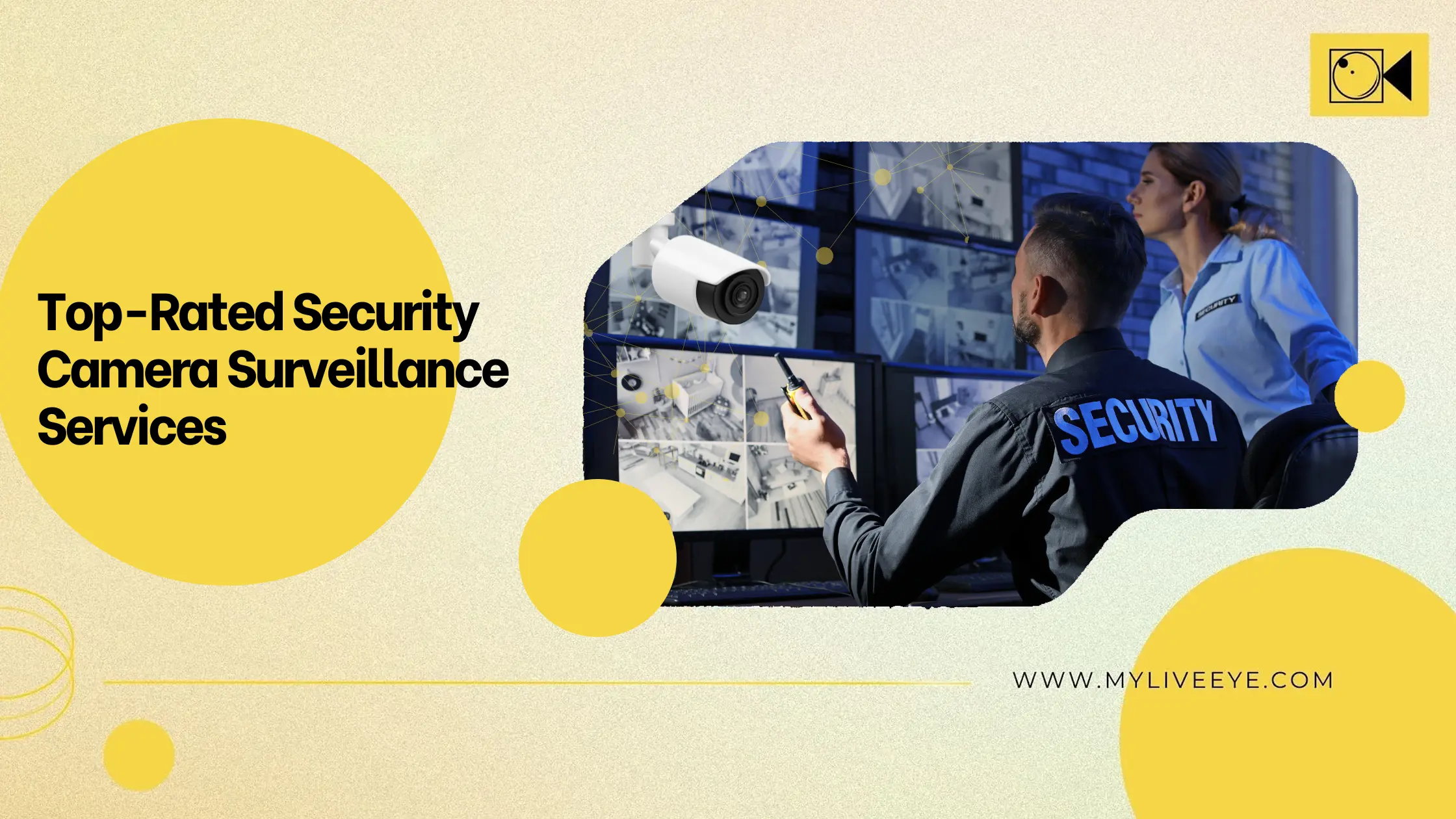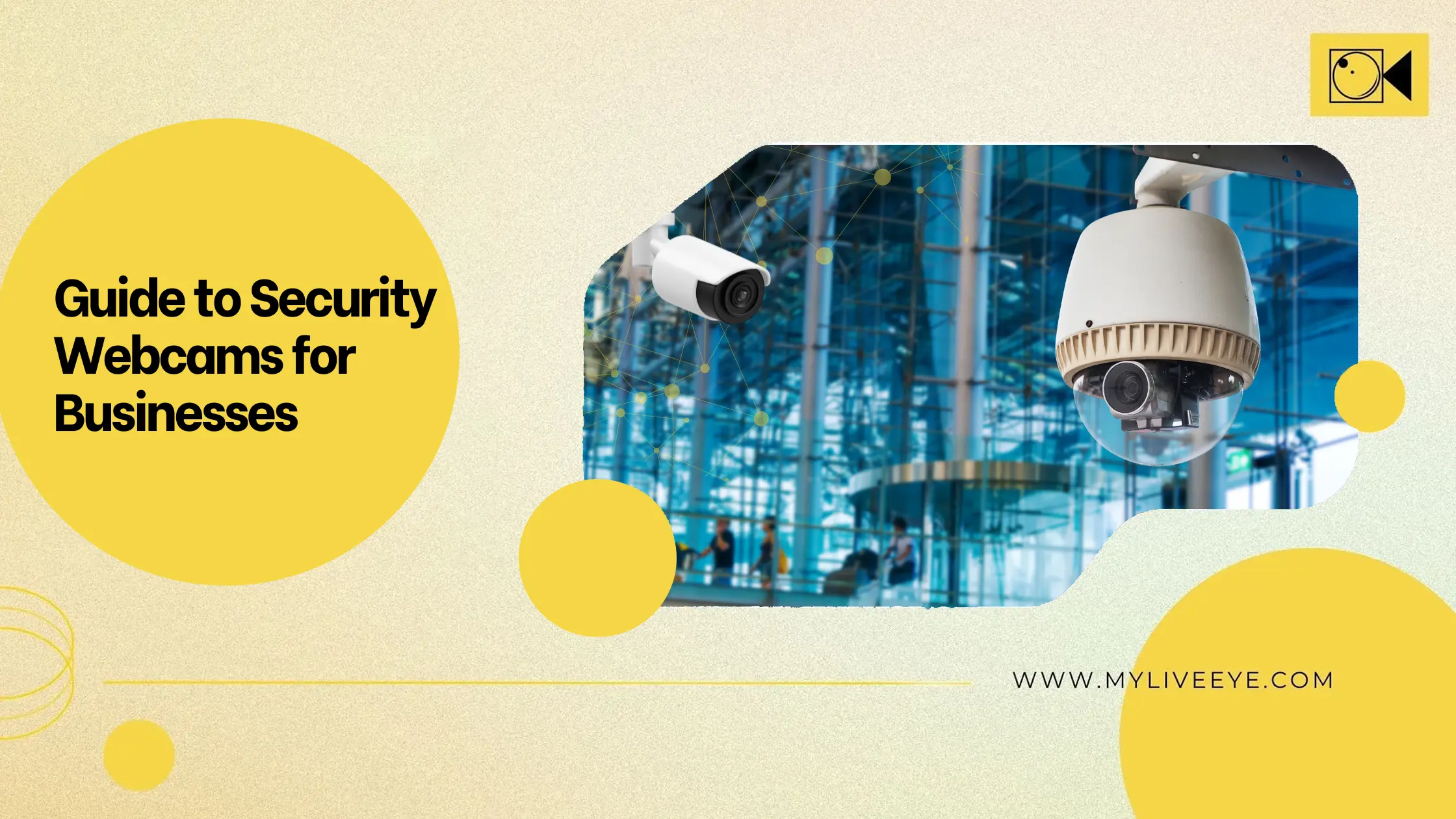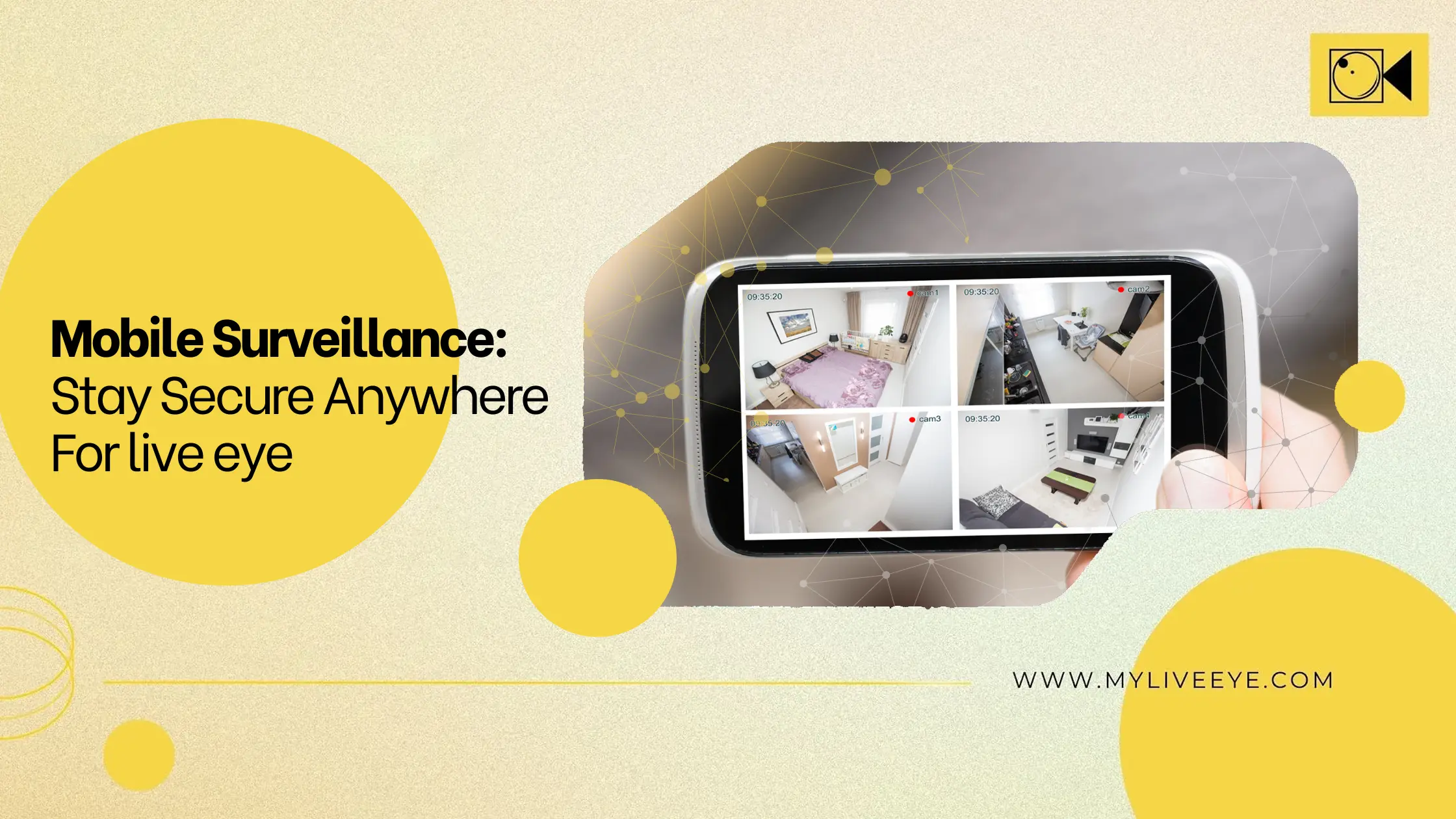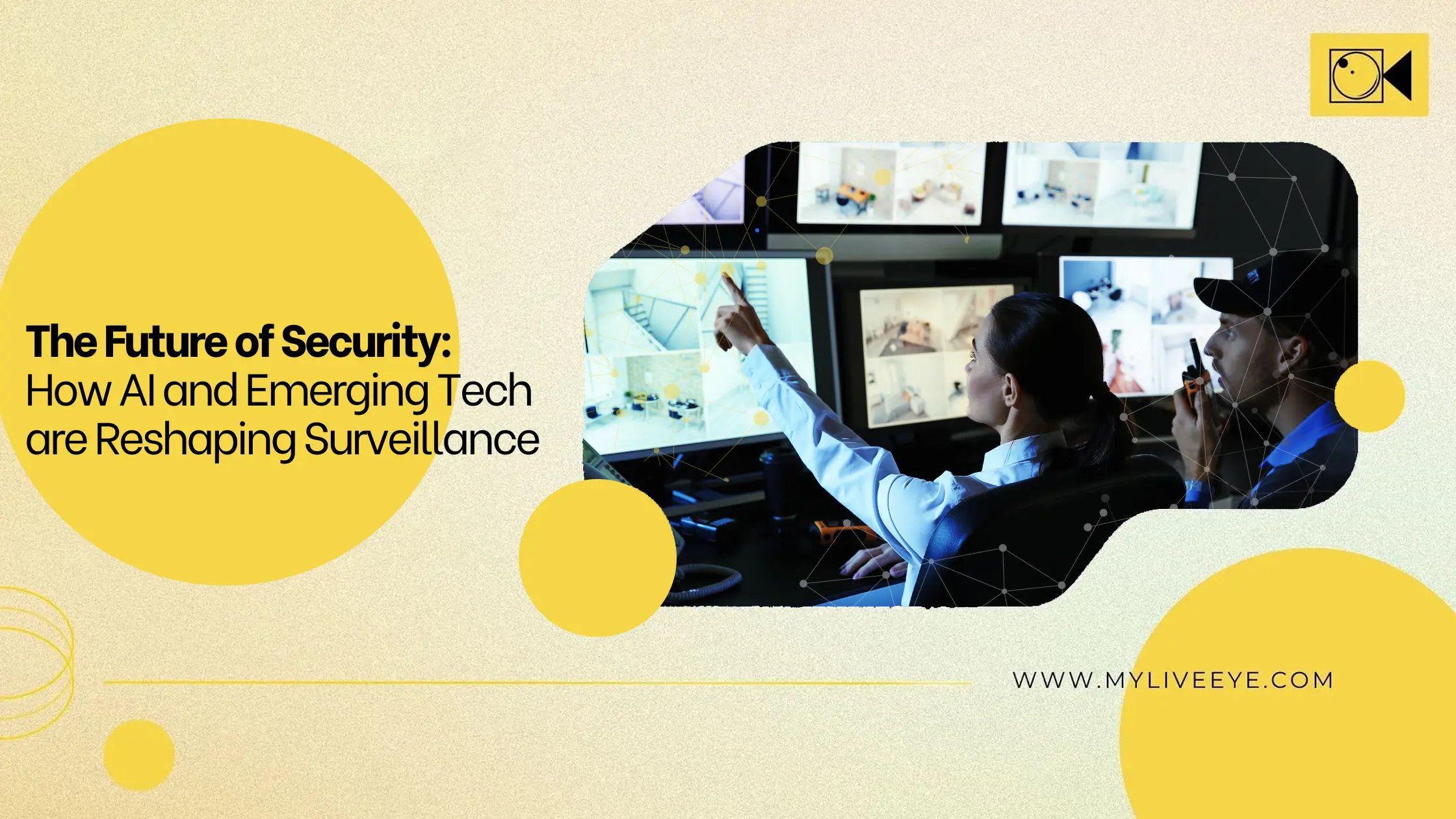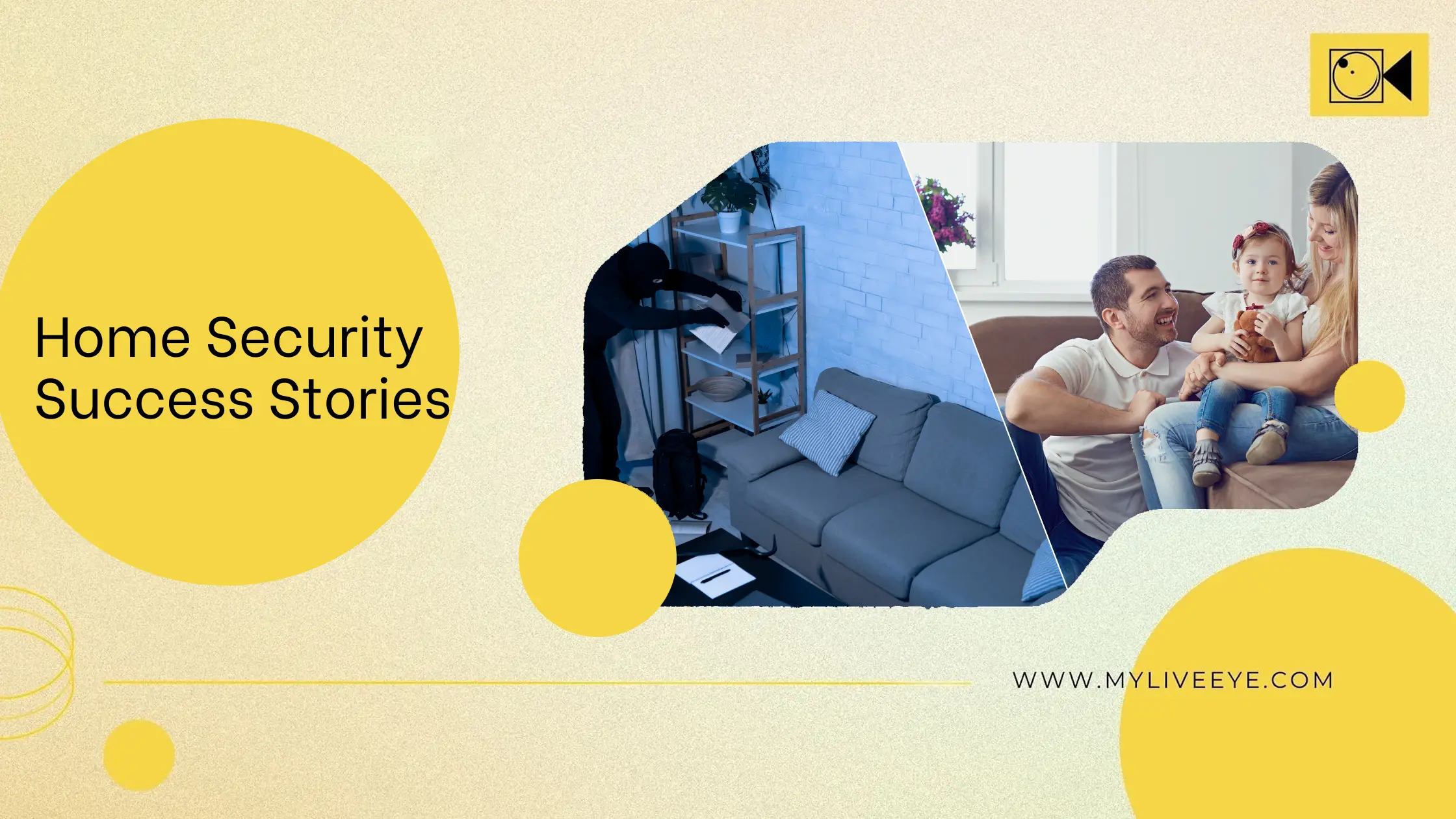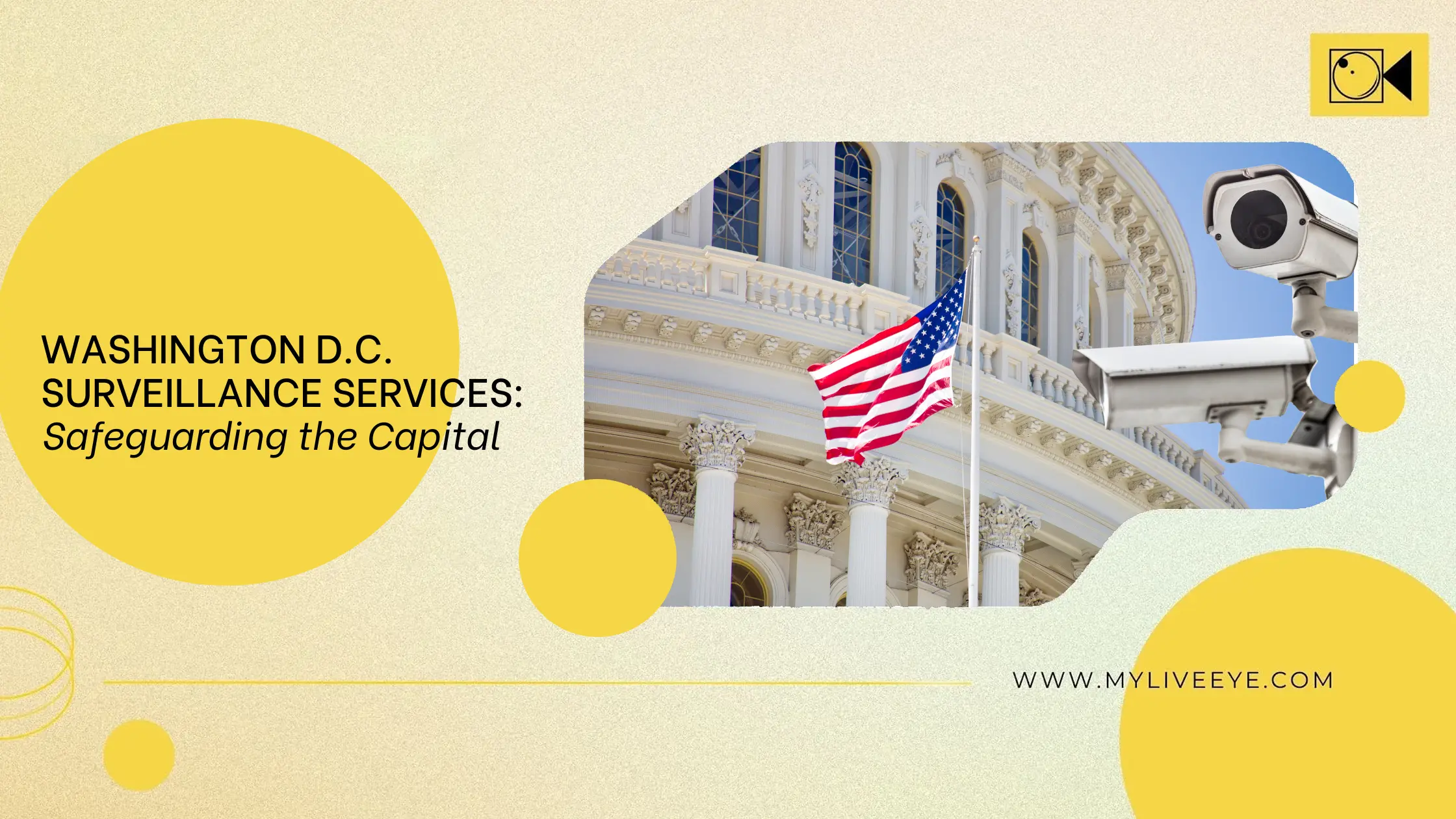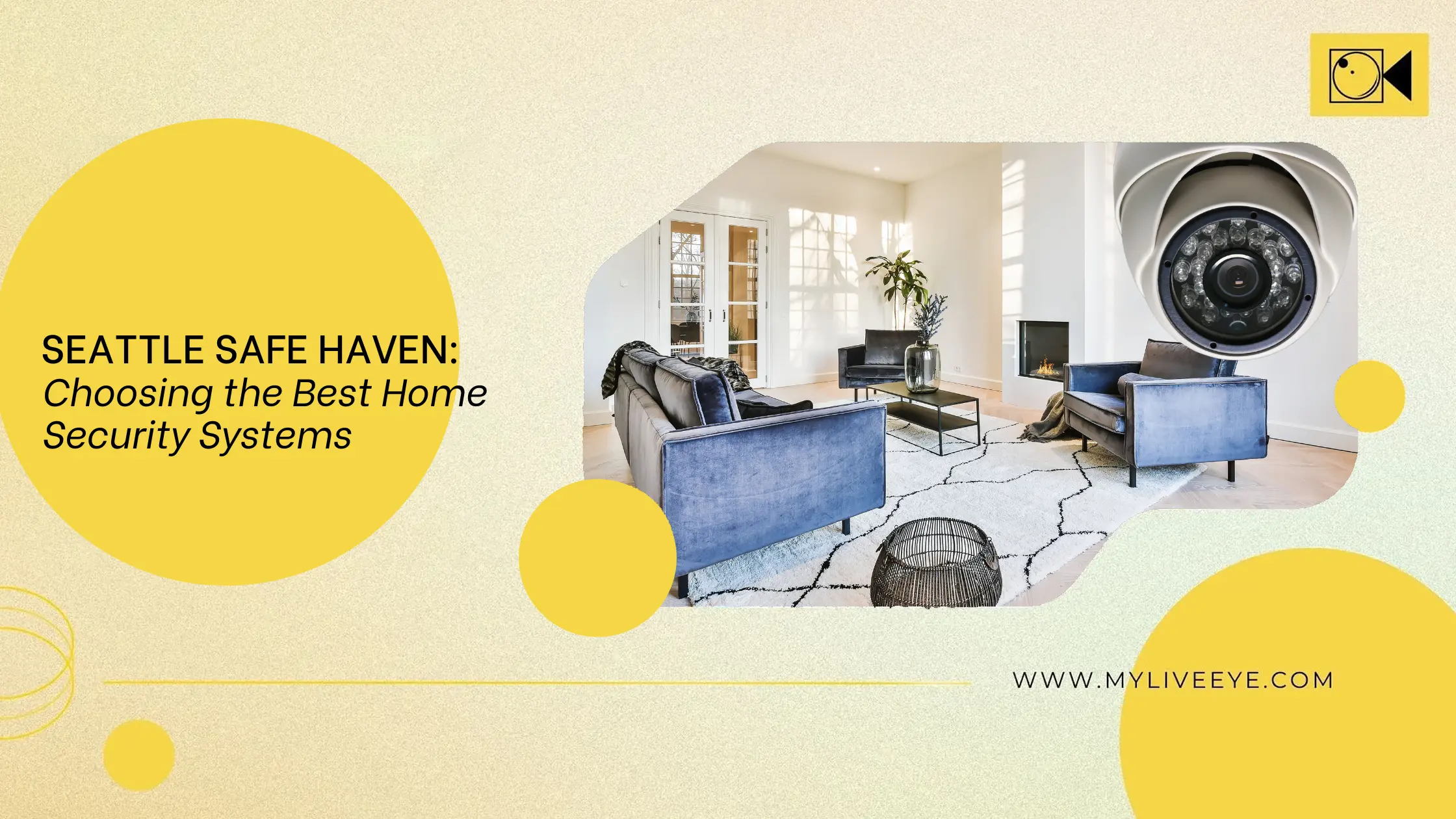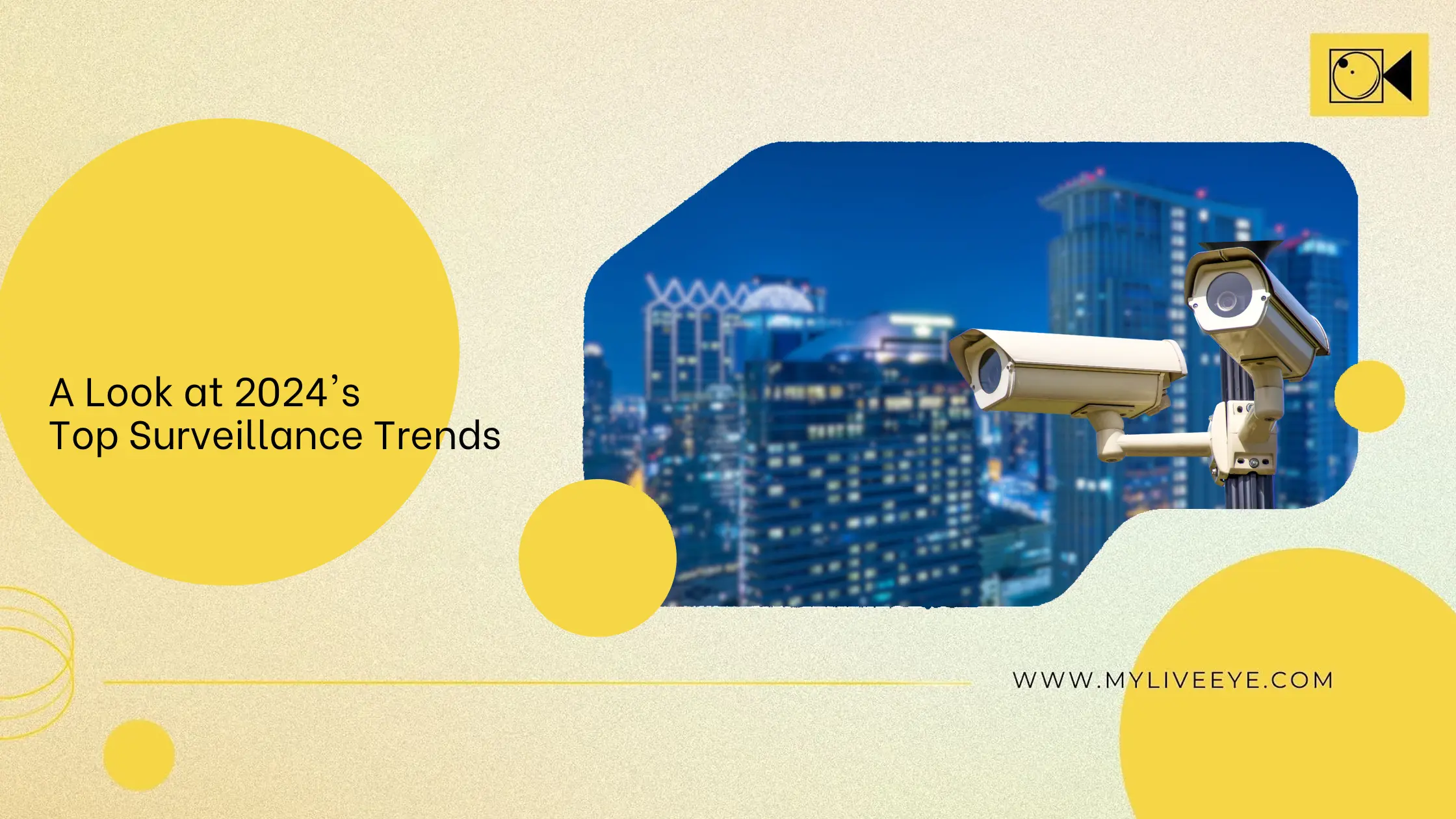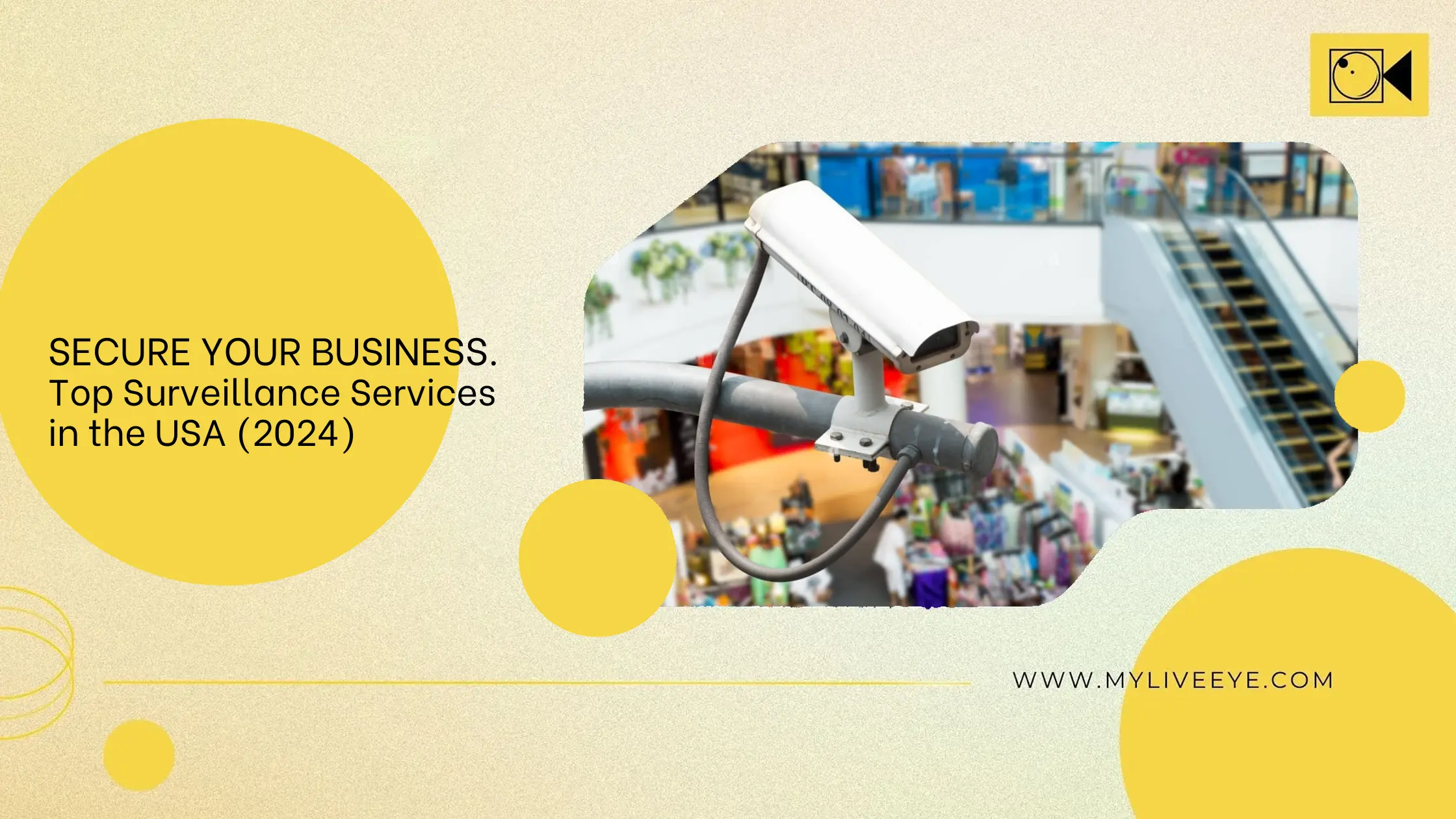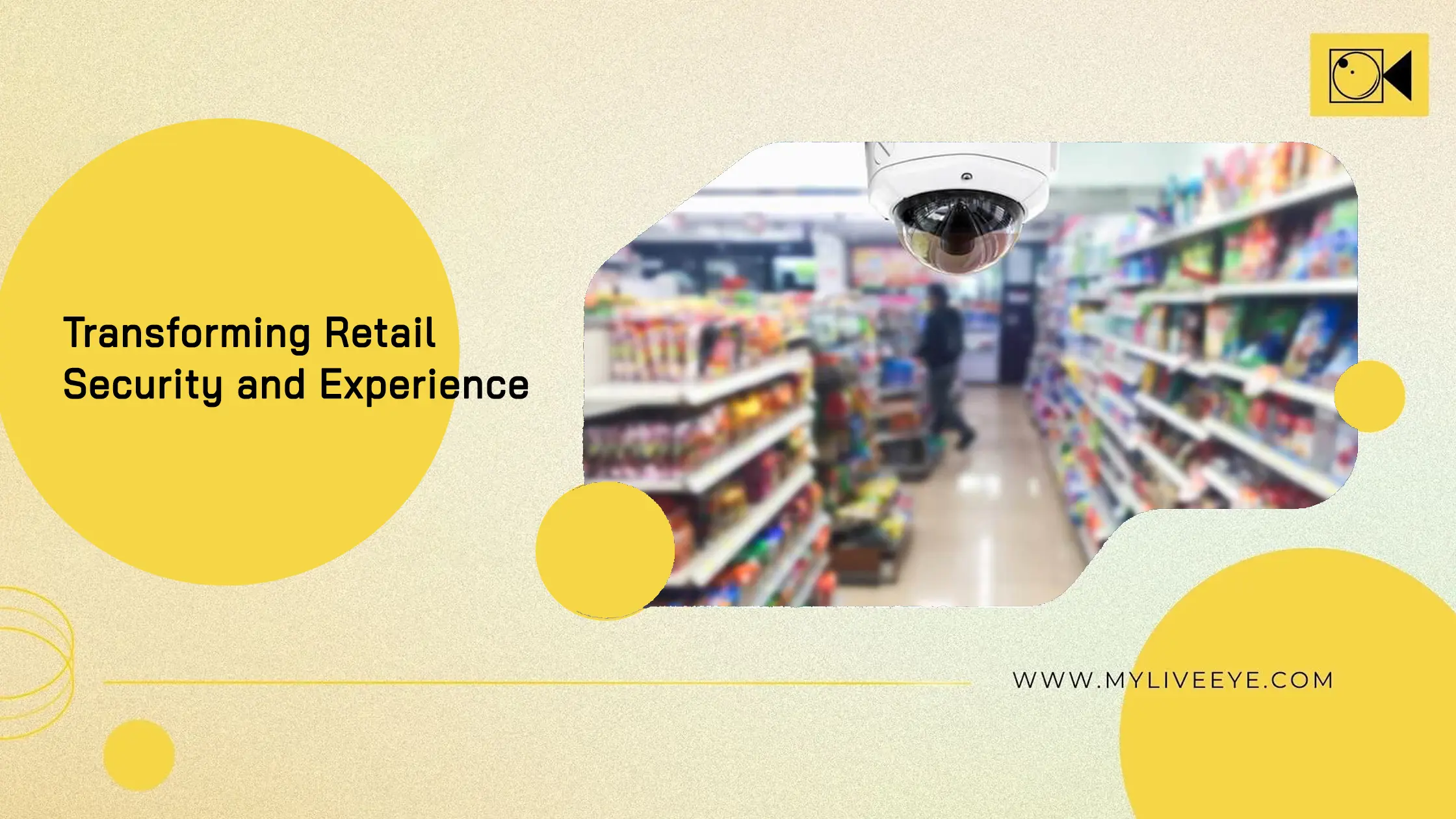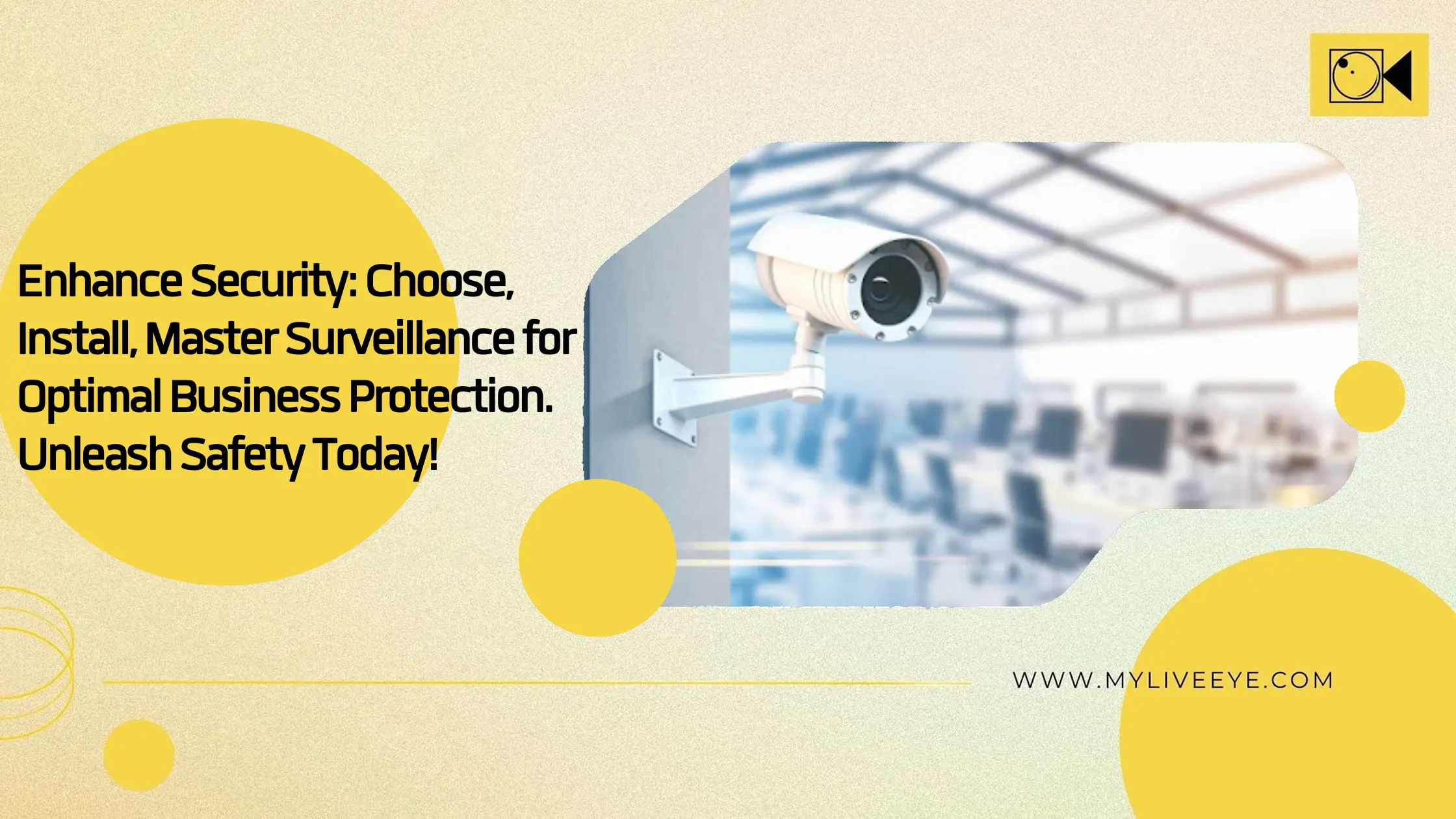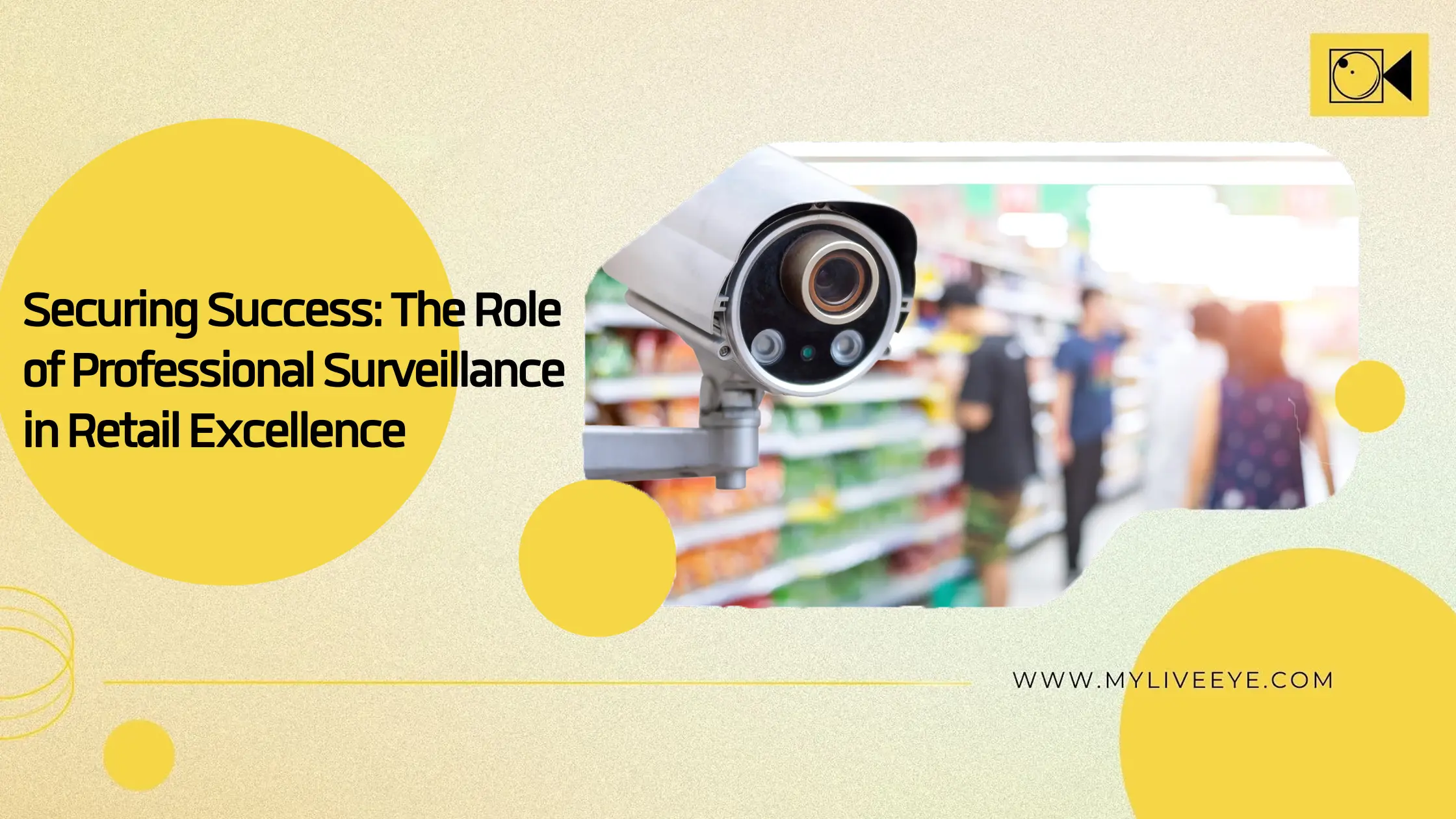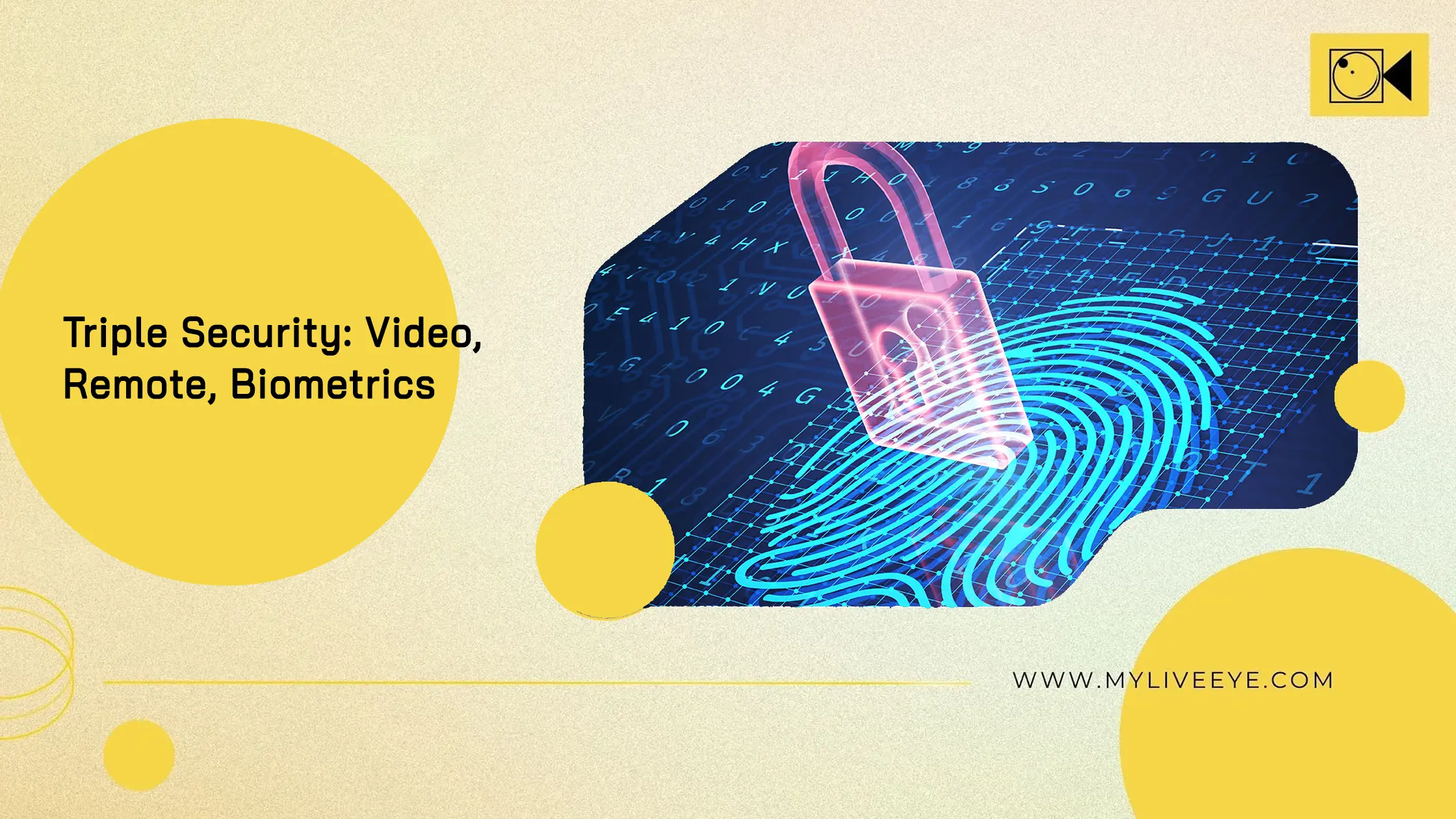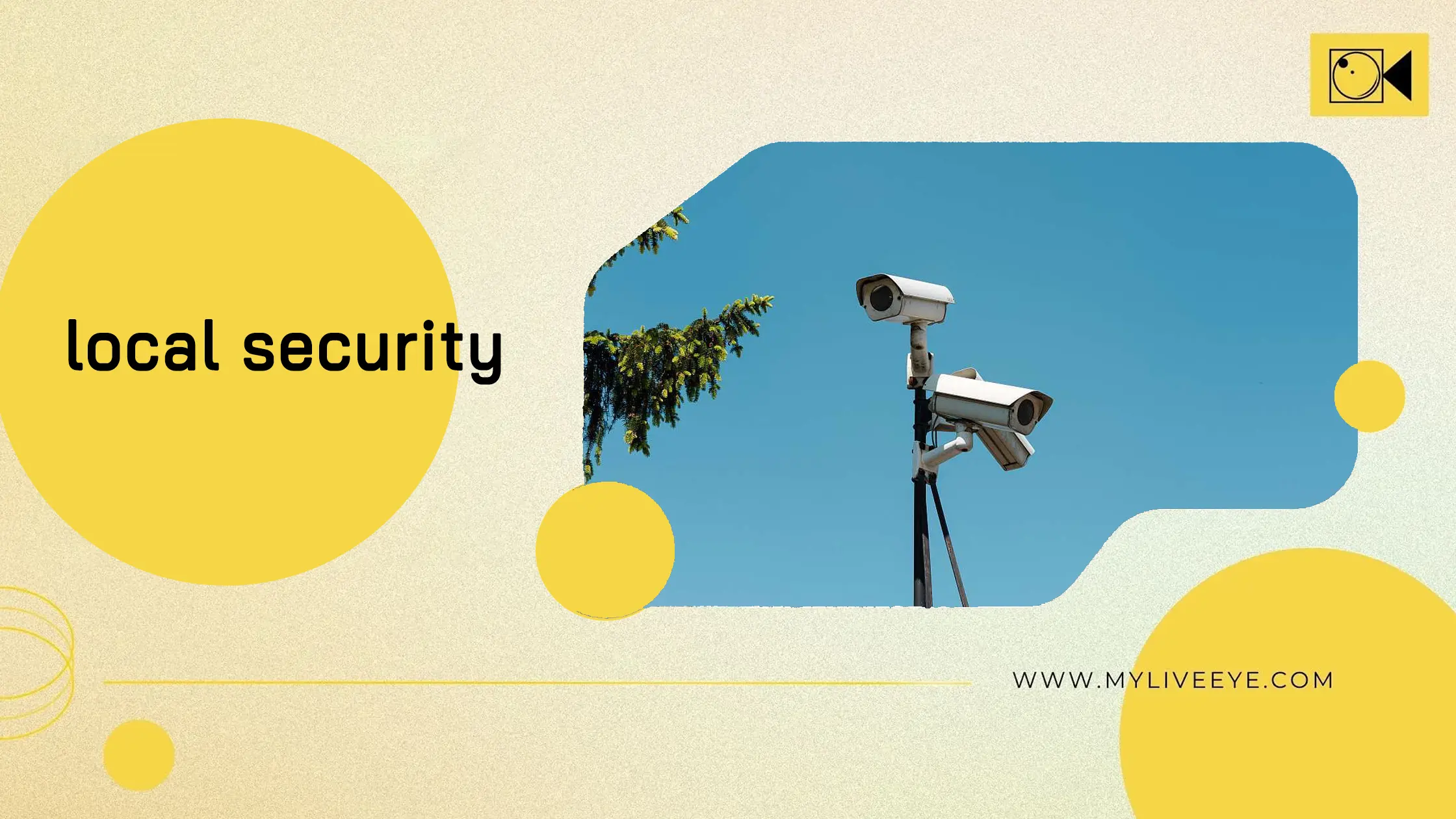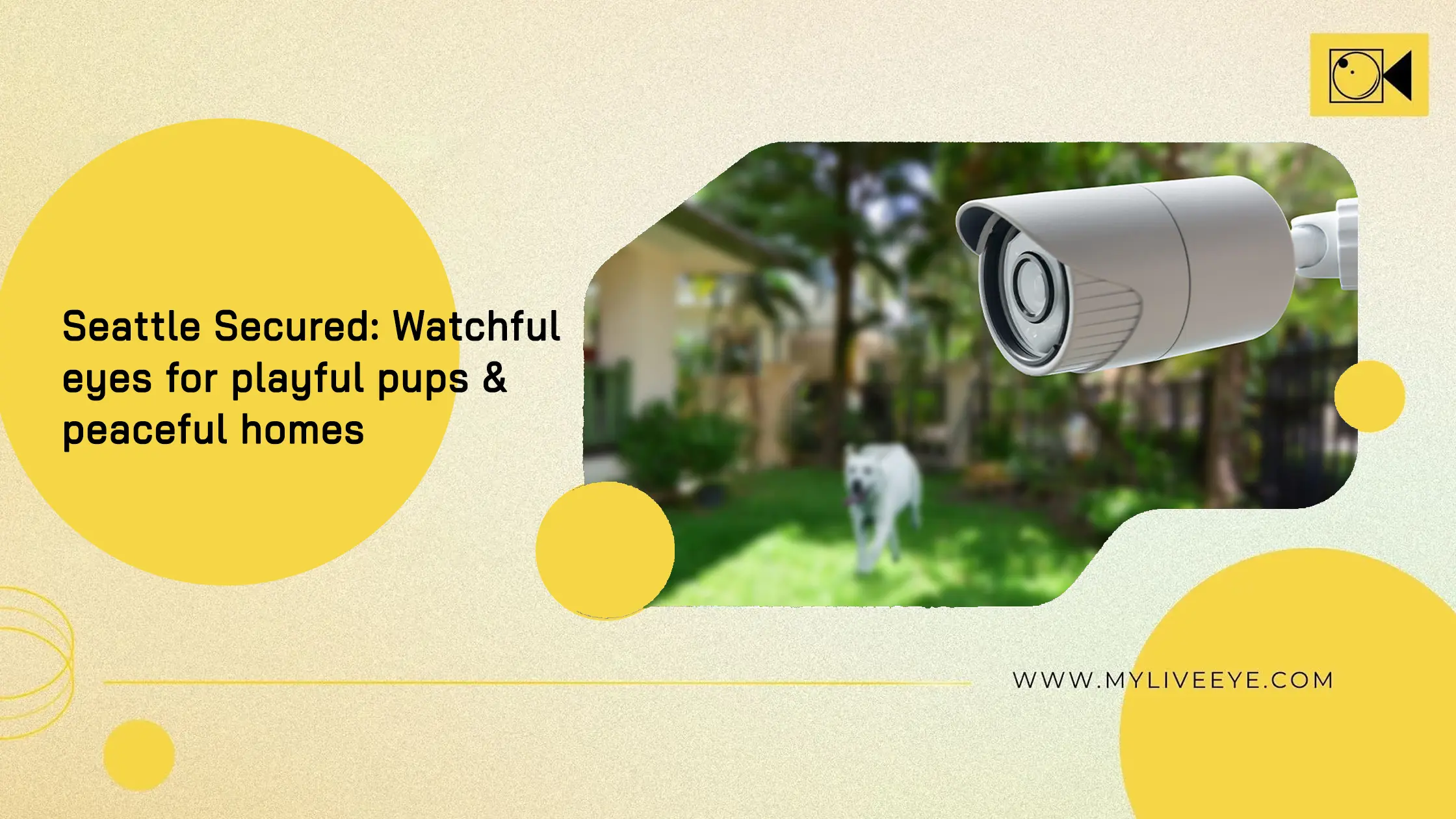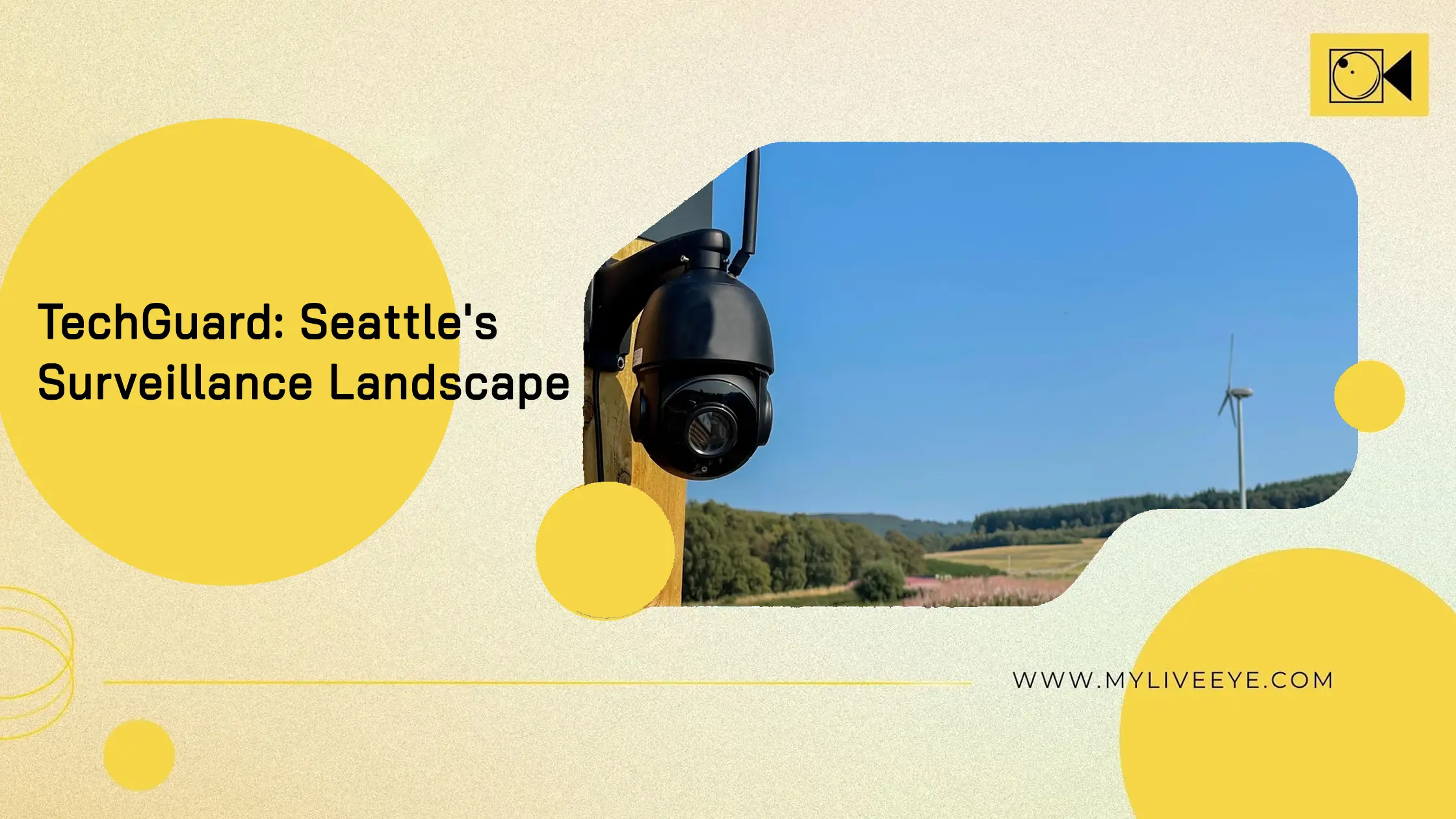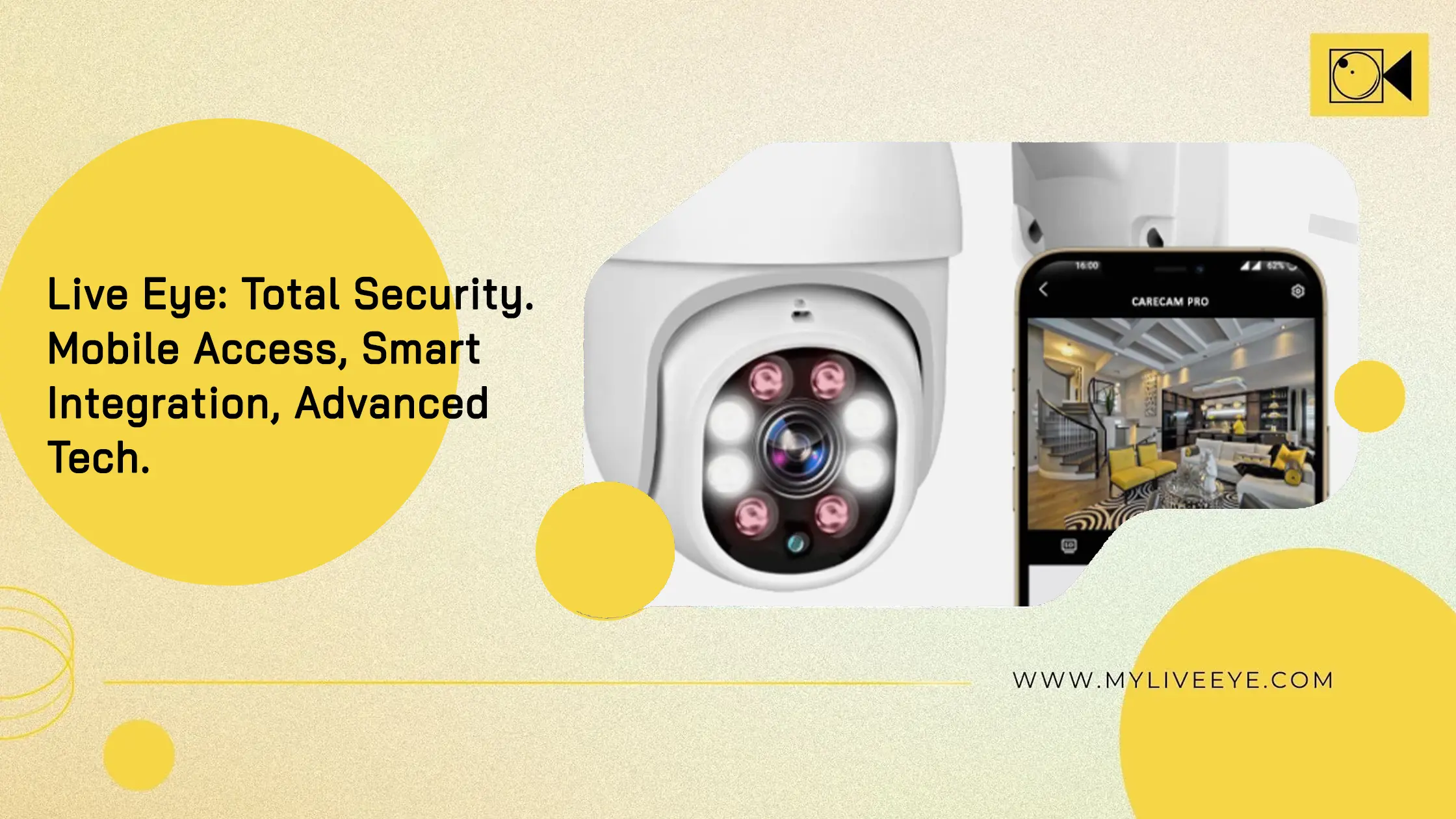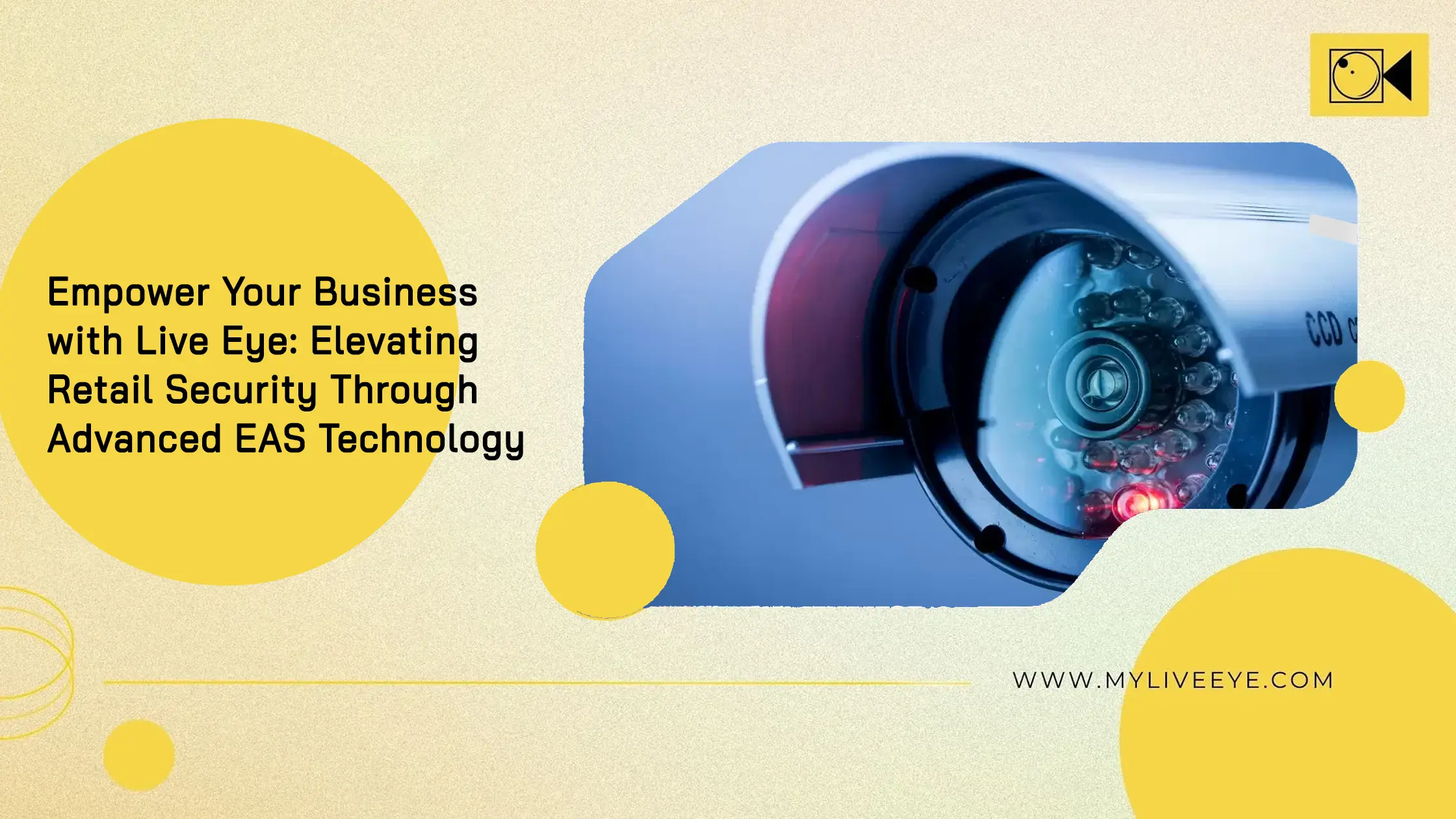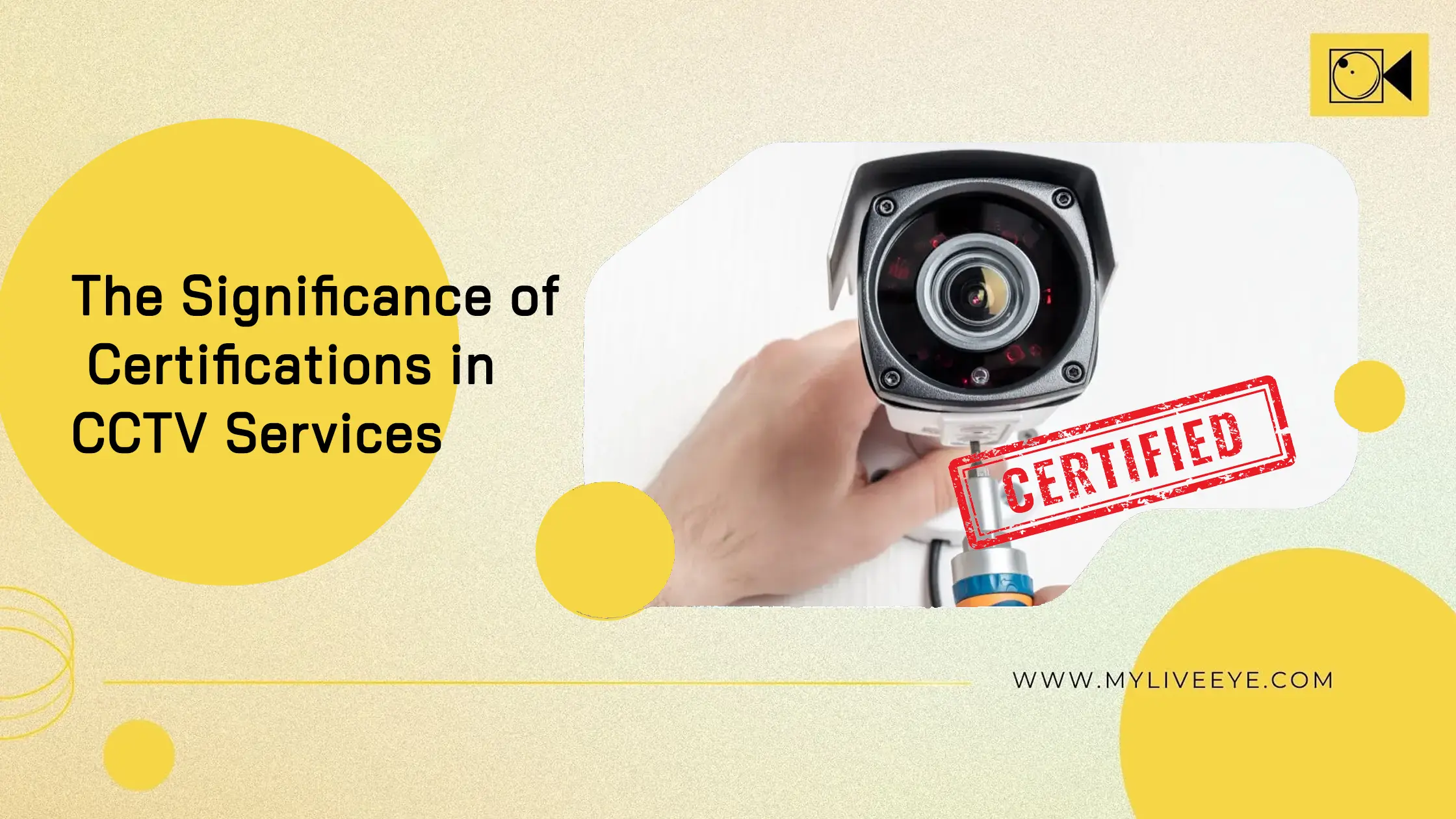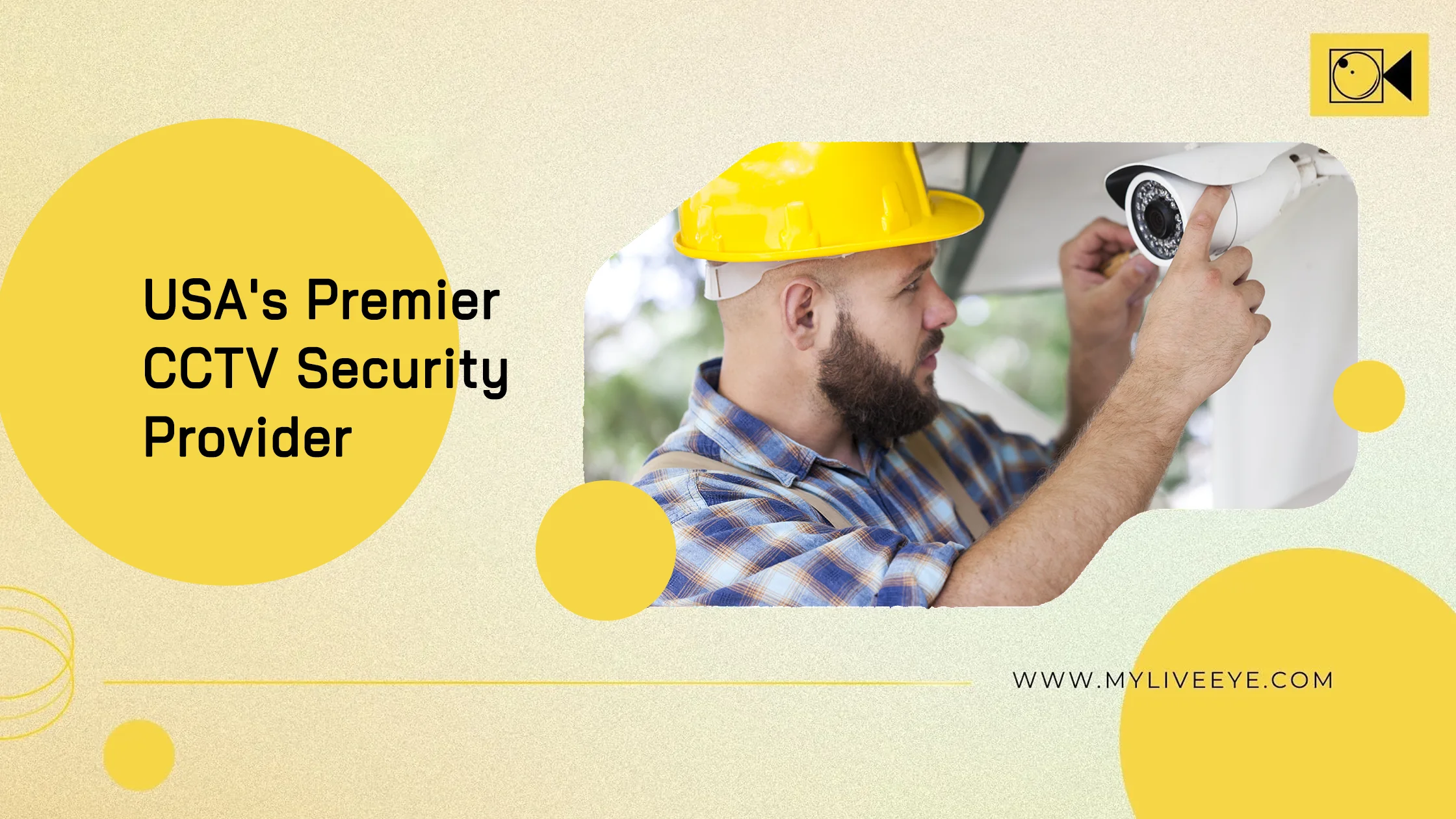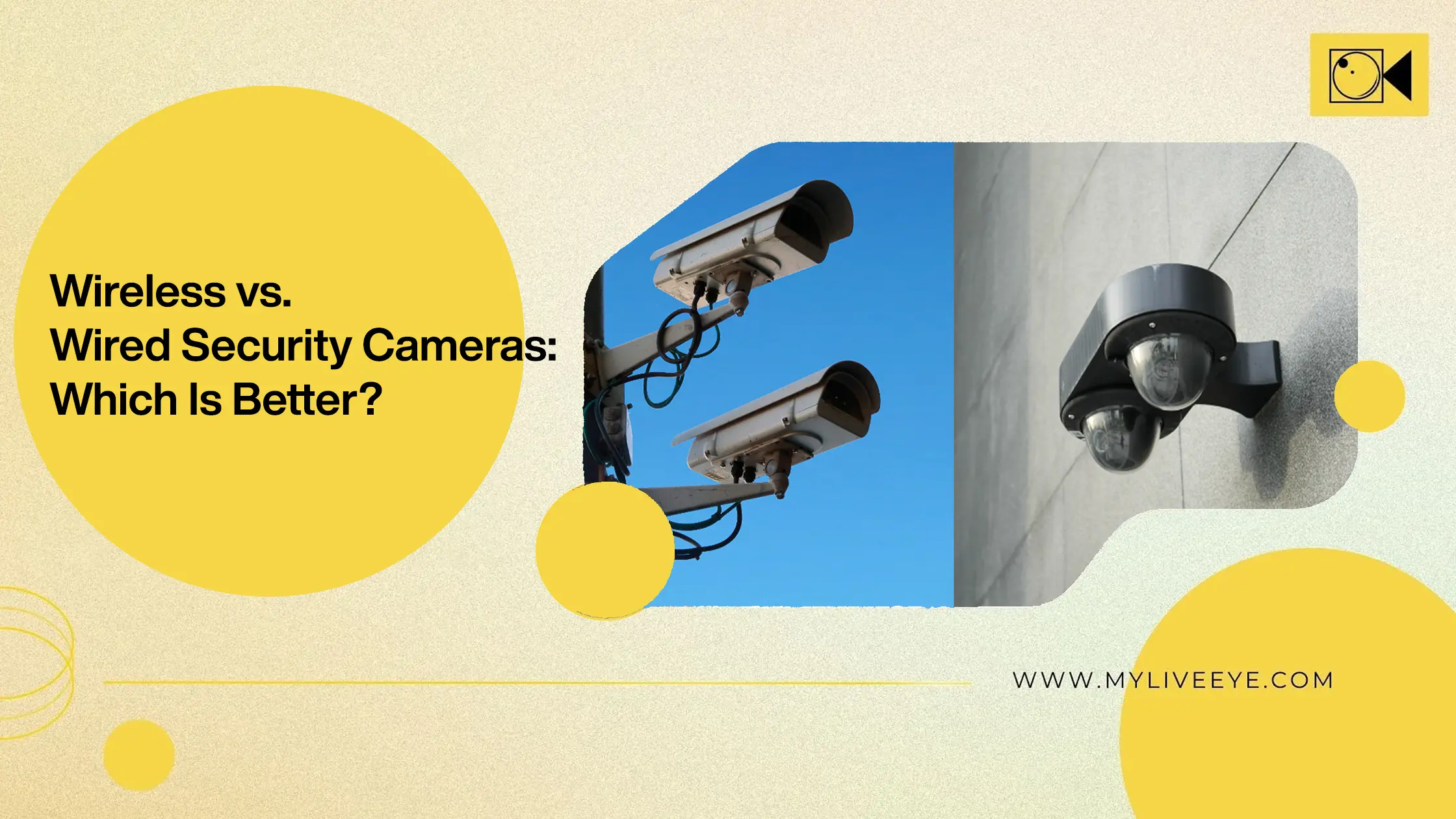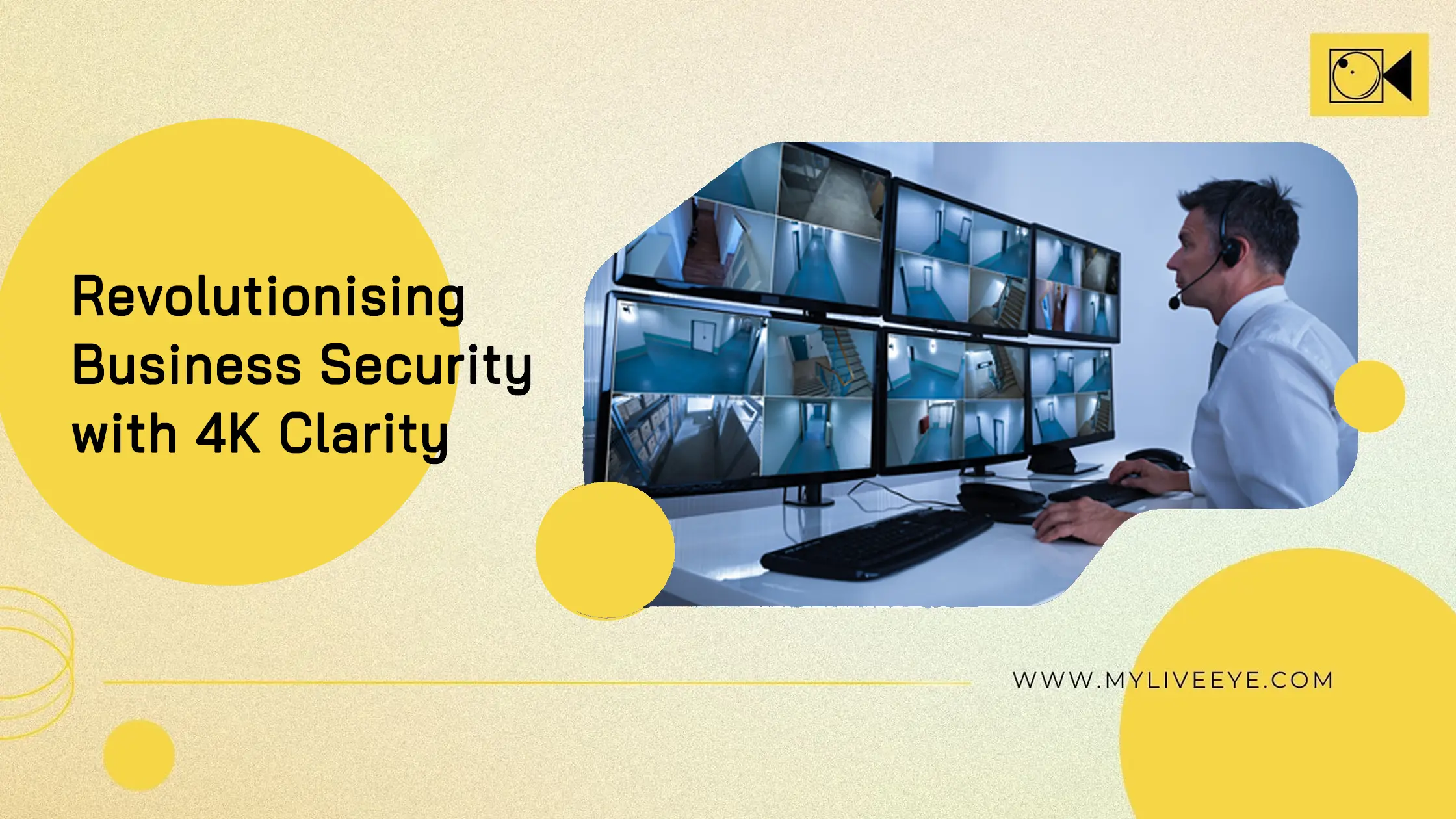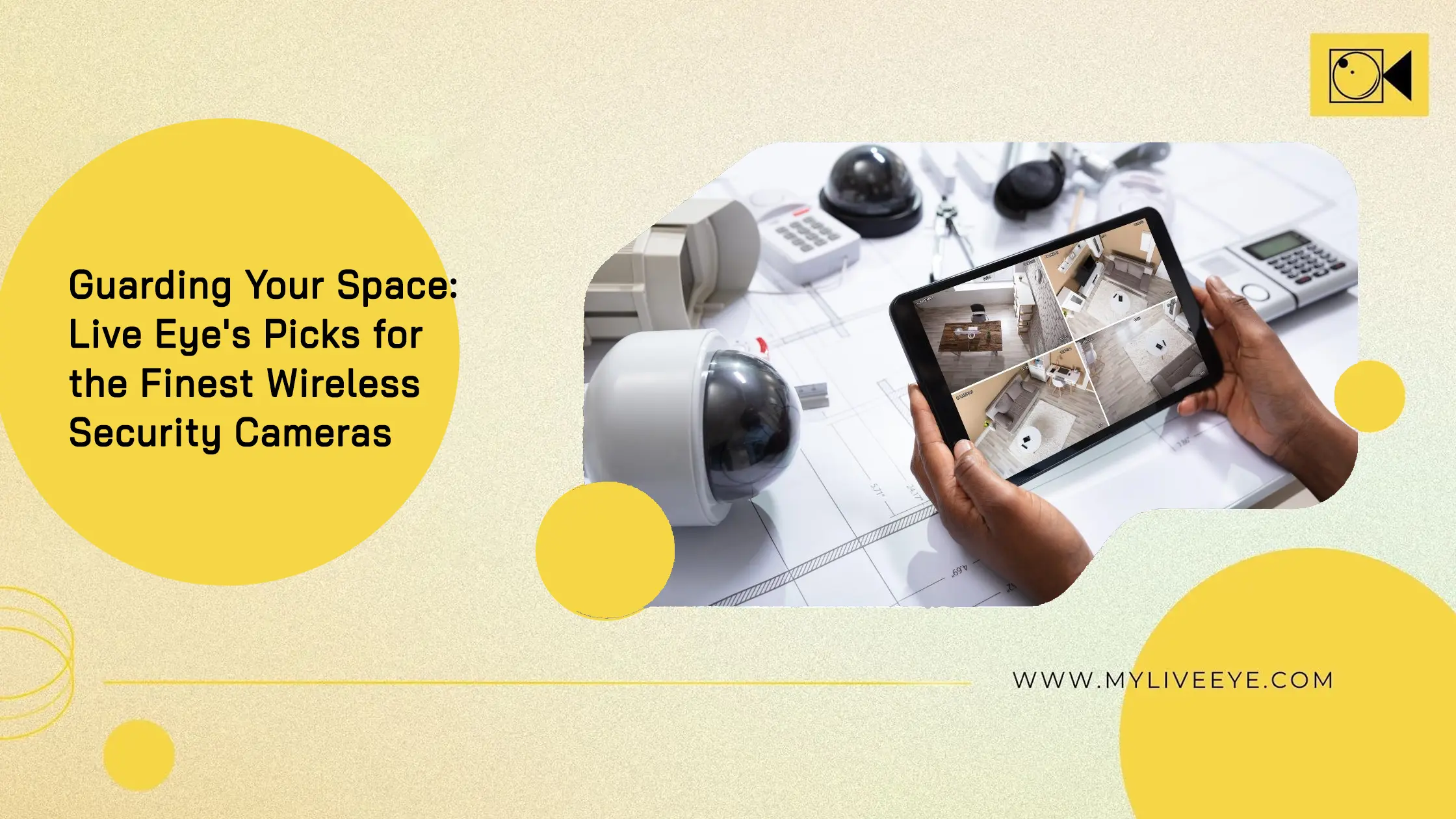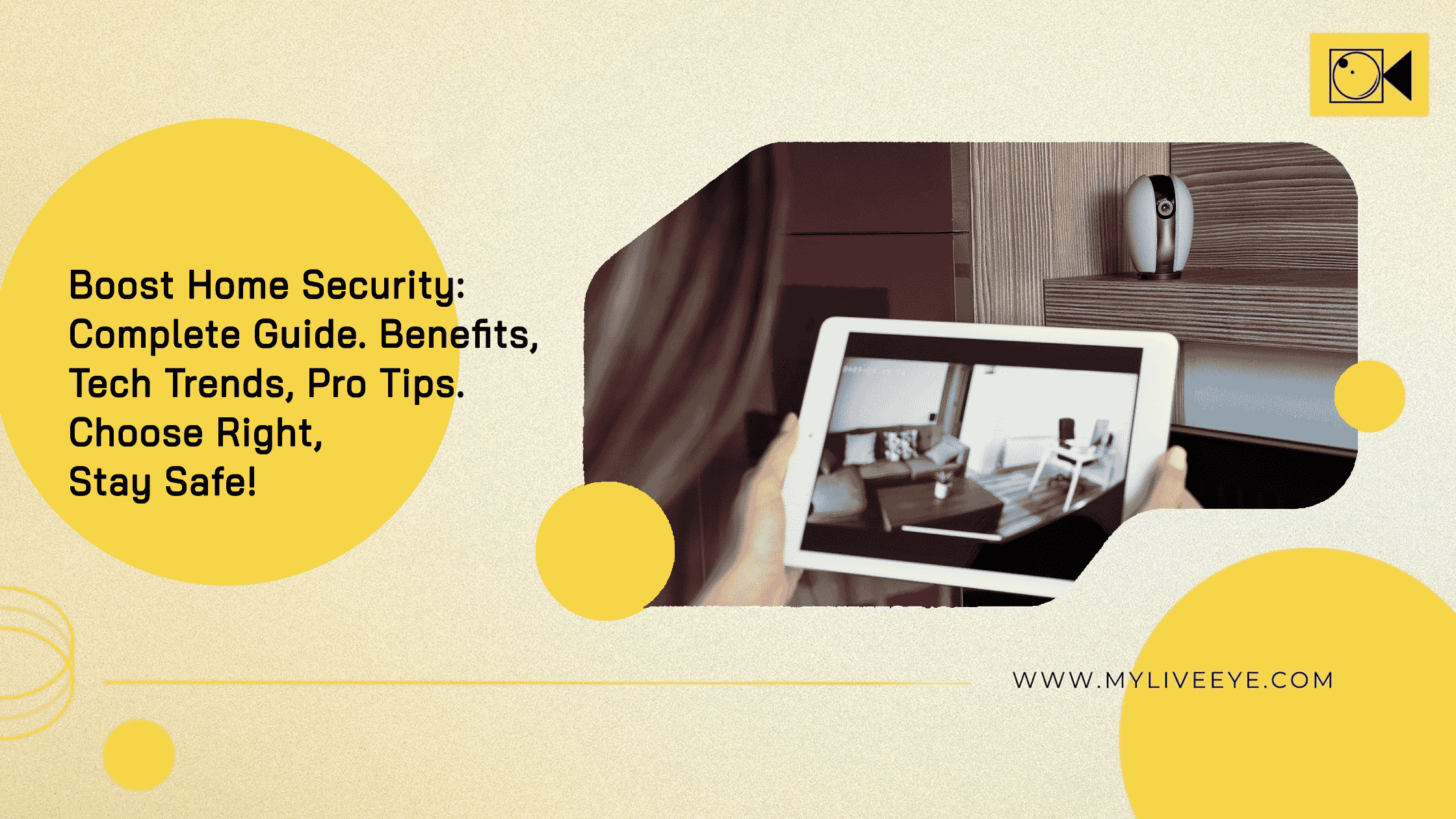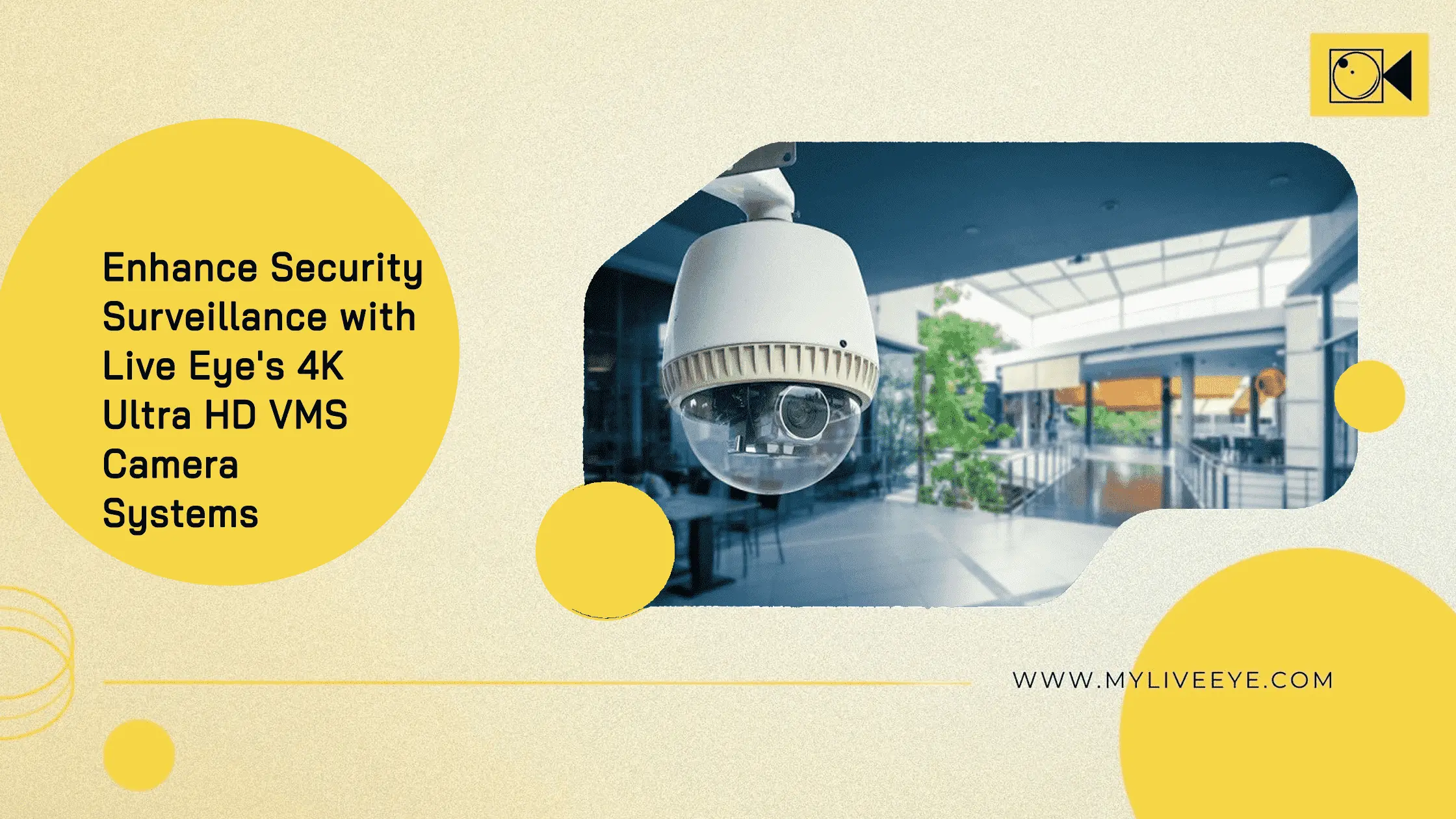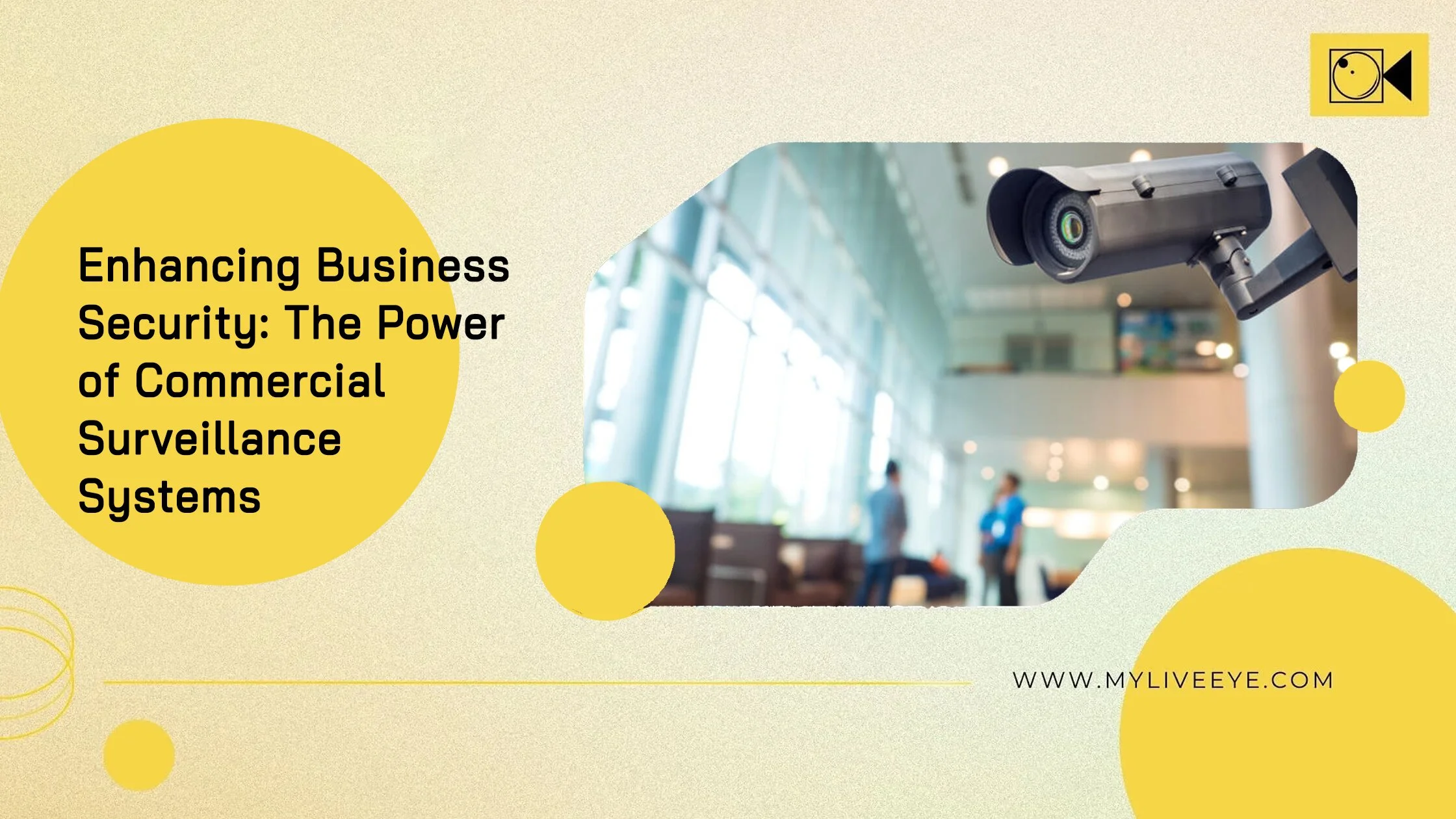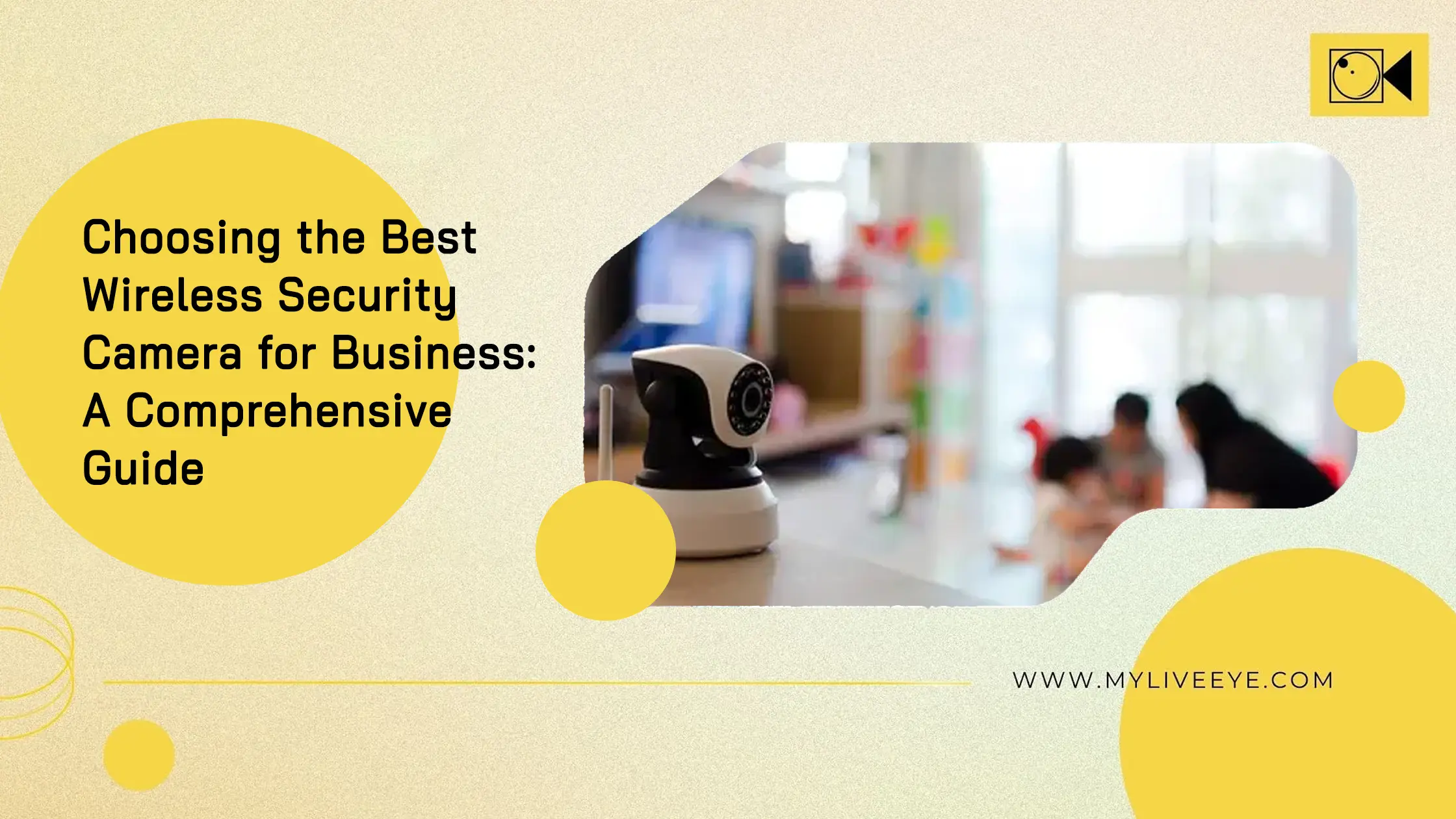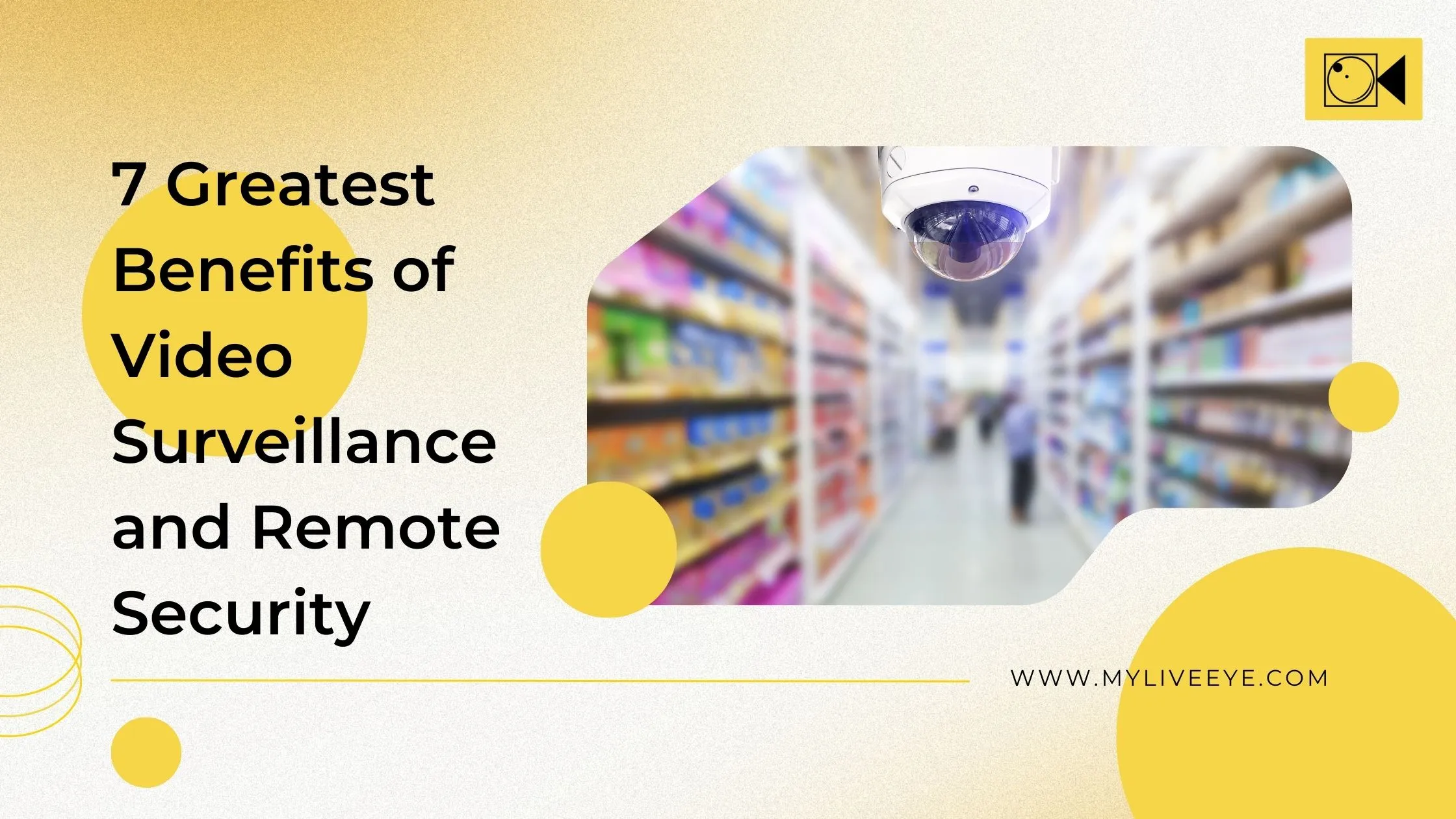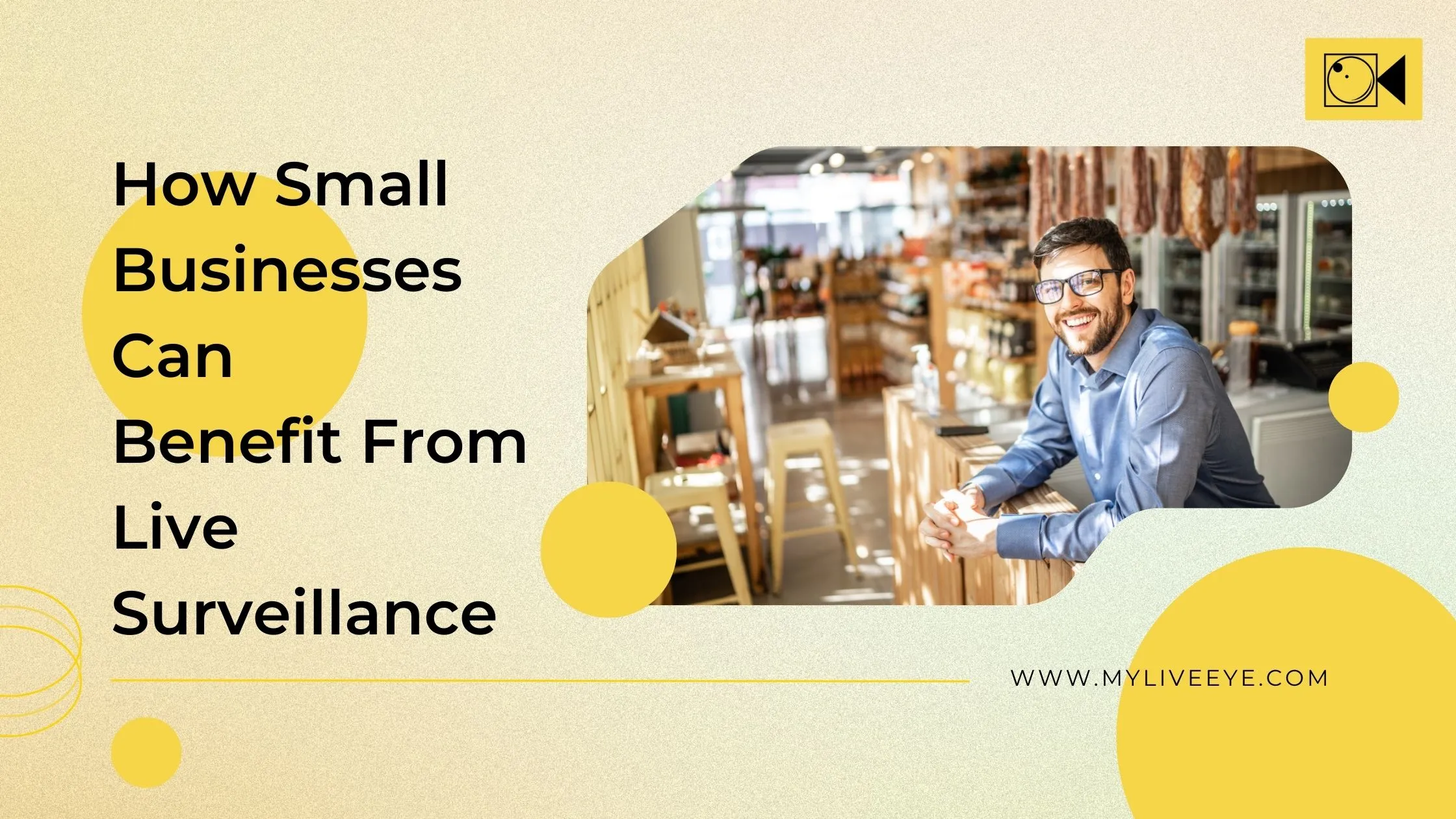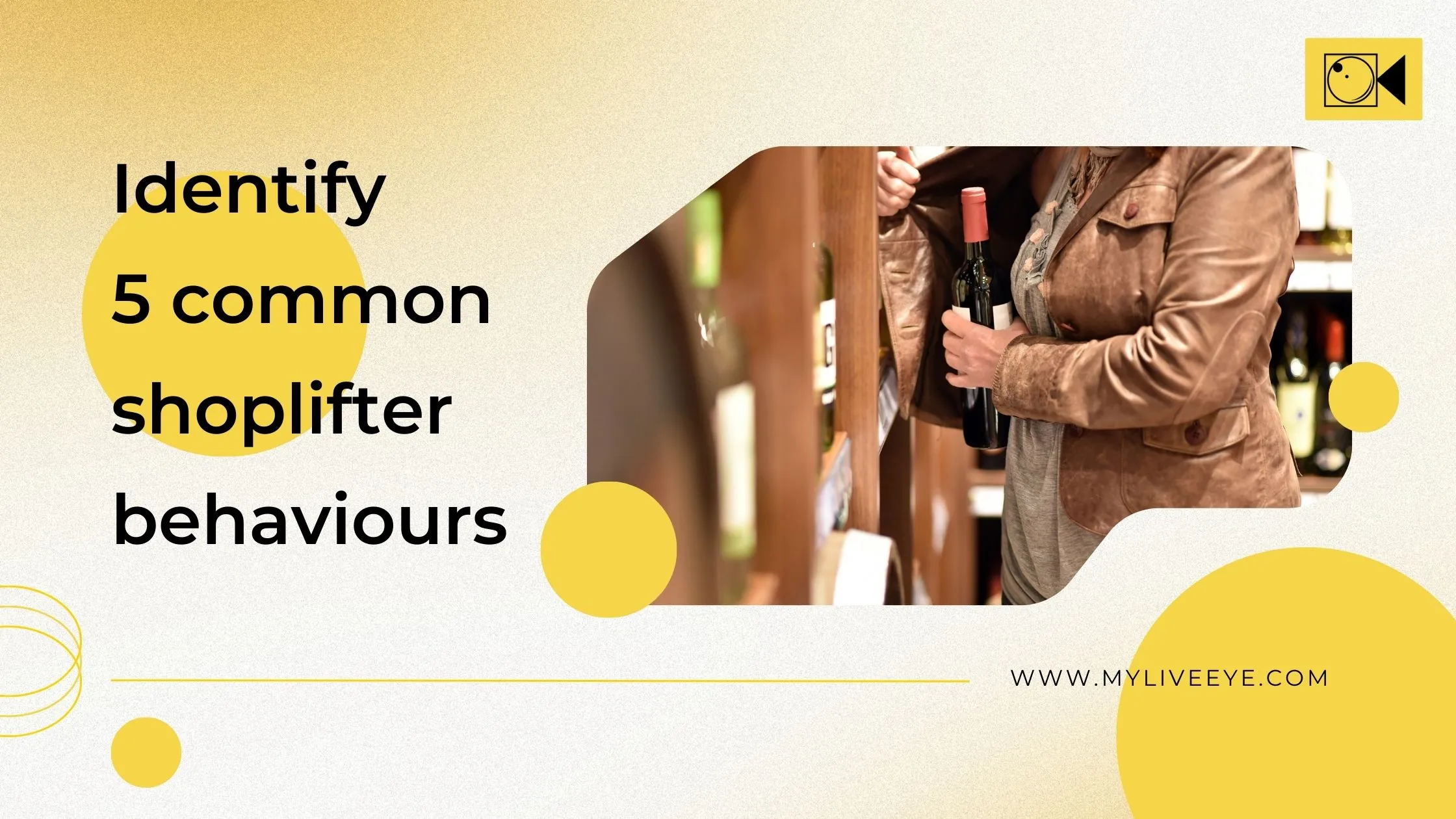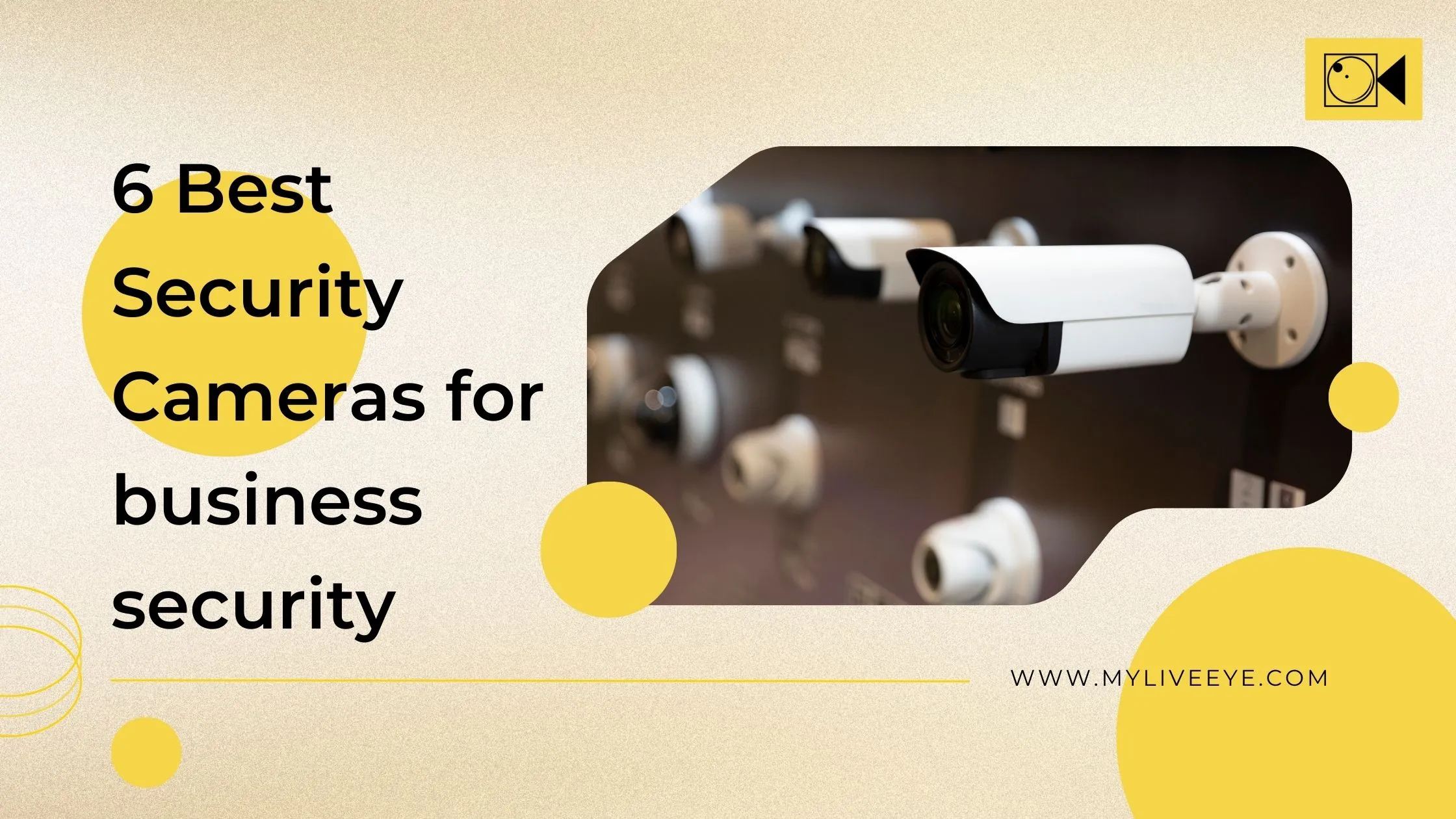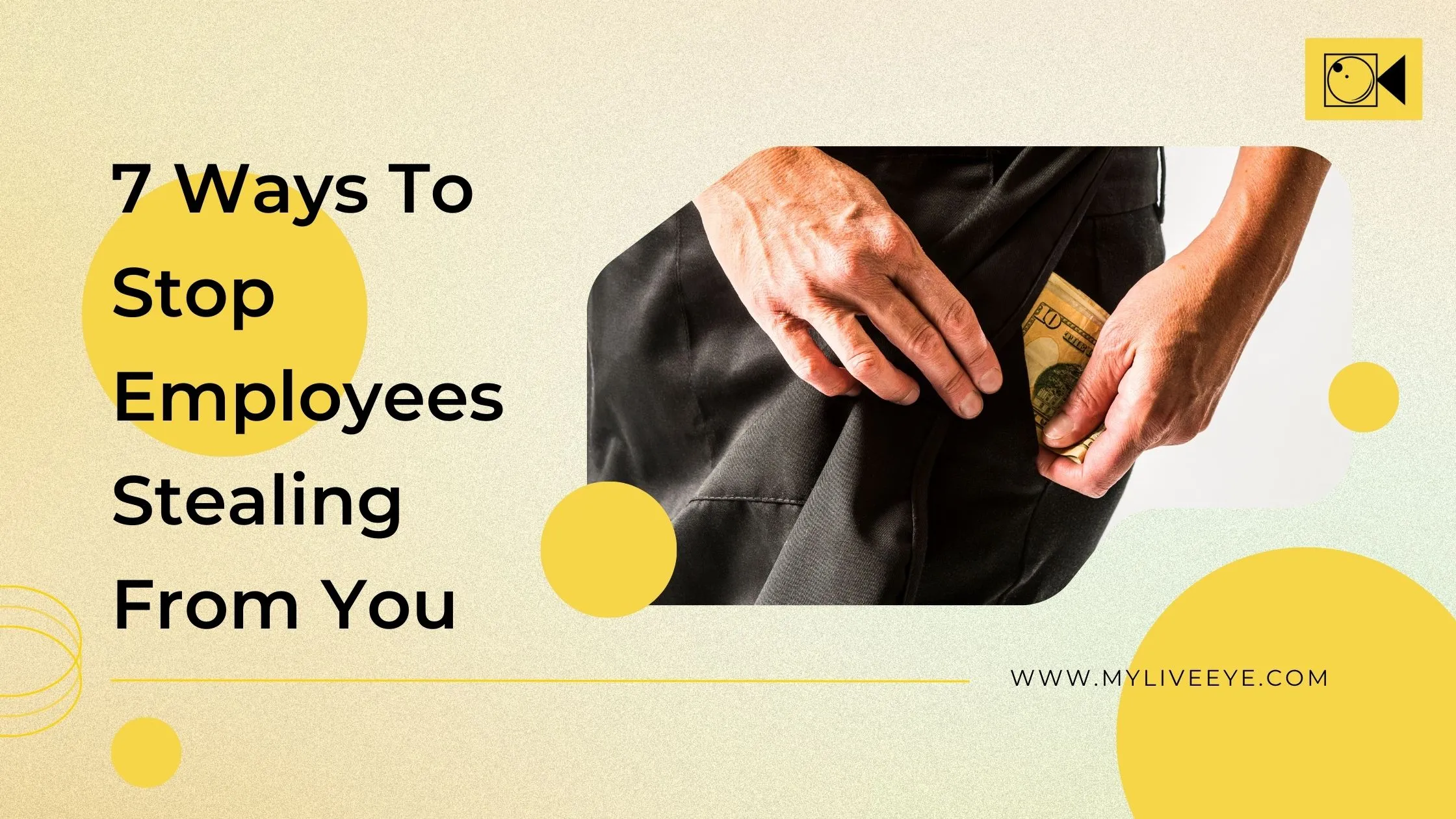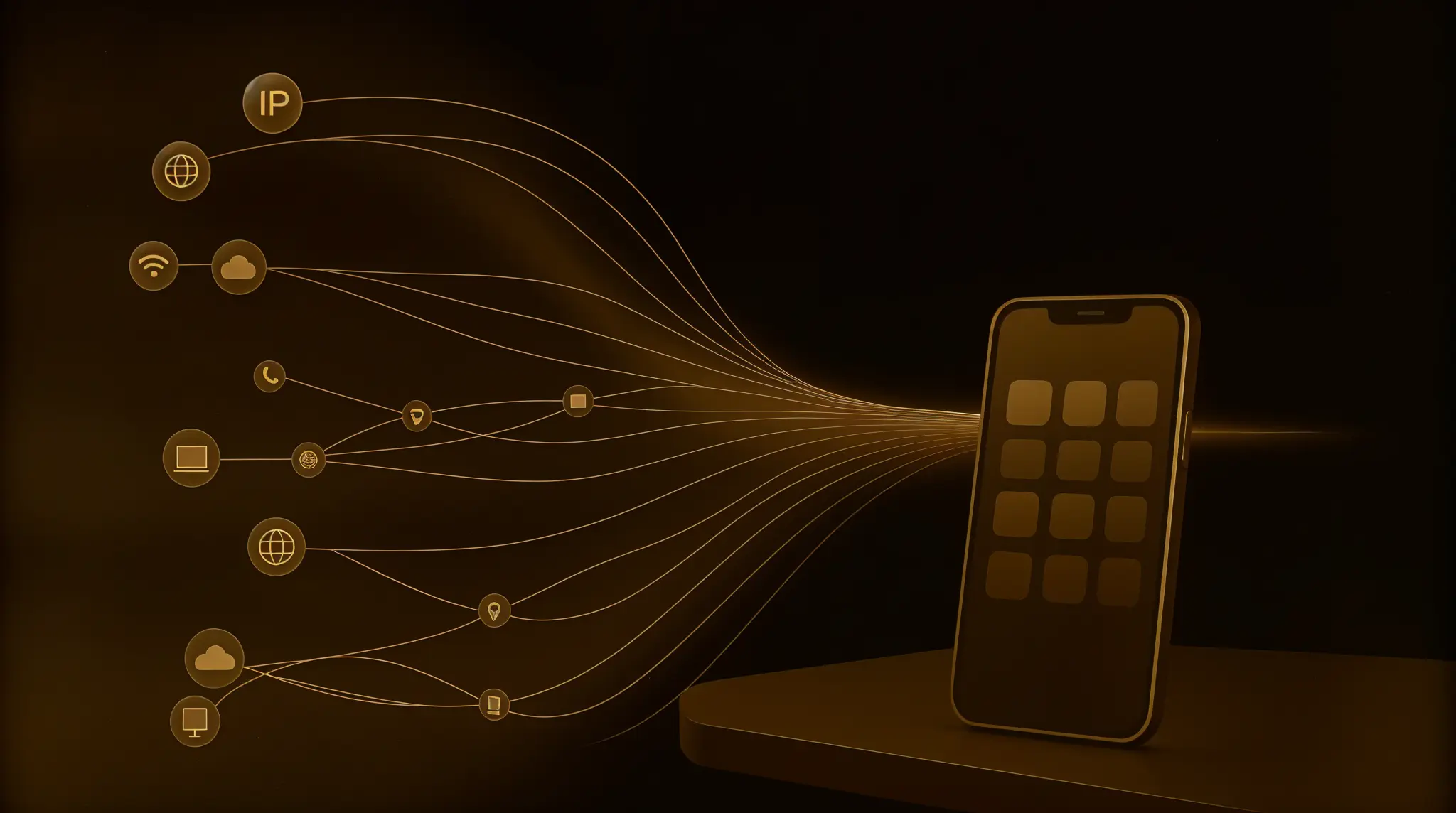
Mobile Surveillance: Keeping Your Business Secure Anytime, Anywhere
Have you ever wondered how you can keep an eye on your business when you’re away and still feel at ease?
With Mobile security solutions, you get live updates and alerts straight to your
device so you can act fast
and protect what matters.
Did you know that a national industry study found nearly 60% of small businesses see fewer losses after
adding mobile monitoring? By using Mobile security solutions, you tap into tools
that let you check live
feeds, get alerts, and review footage no matter where you are.
Why mobile surveillance matters today
The shift from fixed cameras to on-the-go monitoring
- In the past, security meant onsite recorders and guards. Now, apps let you tap into cameras from anywhere.
- Real-time video monitoring gives instant awareness instead of waiting to review footage later.
Top benefits at a glance
- Instant alerts: You get a ping when motion or unusual activity is detected. That way, you can check live and respond.
- Anywhere, peace of mind: Whether you’re at home or traveling, you open the app and see what’s happening.
- Cost savings: You may reduce spending on onsite staff by using live feeds and recorded clips instead.
- Scalable for multiple sites: If you run several locations, a single dashboard can show feeds from each spot.
Key features to look for in your system
Remote video access & live alerts
- Ensure the solution streams live smoothly over cellular or Wi-Fi.
- Alerts should trigger on motion, unusual events, or predefined zones. Having Remote video access means you can verify alerts in seconds.
Cloud-based surveillance and storage
- Footage uploads to secure servers so you don’t lose recordings if onsite hardware fails.
- Look for enough retention period to meet your needs, some let you keep weeks of video, others offer months. With Cloud-based surveillance, you can pull clips from any location.
AI-driven analytics
- Systems can flag patterns like loitering or repeated access at odd hours. That aids employee theft detection or spotting suspicious behavior.
- Choose a platform where you can adjust sensitivity to reduce false alerts.
POS-integrated monitoring
- If you run retail, linking camera feeds with transaction data helps you spot mismatches quickly.
- That means when an alert pops up, you can see the related sale info immediately.
Multi-device access & user roles
- Make sure managers, security staff, or trusted partners each have the right view permissions.
- HD live video feeds should work on smartphones, tablets, or desktop browsers.
How to pick the right mobile surveillance solution
Assess your needs first.
- Count how many locations and cameras you need.
- Check your internet upload speeds and data limits.
- Consider any rules or guidelines you must follow in your industry.
Key feature checklist
- Live streaming with reliable Remote video access.
- Secure Cloud-based surveillance storage and easy retrieval.
- Alerts tuned to your environment (motion zones, AI triggers).
- Integration options (POS, sensors, alarms).
- User management for team members.
- Offline recording fallback if the network drops.
Budget vs benefit
- Compare subscription fees or hardware costs against potential savings on losses or guard services.
- Think about long-term value: stopping one serious incident often covers the cost.
Vendor evaluation tips
- Look for clear uptime guarantees and data encryption standards.
- Ask if you can test with a trial or demo.
- Check customer support responsiveness.
- Read reviews or ask peers about their experiences.
Implementation tips & best practices
Installation and setup
- Place cameras to cover main entry points, checkout areas, and storage rooms.
- Ensure a stable network: use secure Wi-Fi, and consider a separate network for cameras.
- Configure notifications and user accounts before going live.
Network security
- Make sure your network is protected with strong passwords and encryption.
- If possible, use a virtual private network or secure channel for camera streams.
- Keep firmware updated to patch any vulnerabilities.
Staff training
- Show your team how to respond when they get an alert: check the feed, follow protocol, and contact authorities if needed.
- Practice occasional drills: test alert flow and response steps.
Integrate with an overall security plan.
- Tie mobile alerts into alarm systems or access control rules.
- Define clear steps: who check alerts, who alert authorities, who logs incidents.
What’s ahead for business monitoring
Smarter alerts and analytics
- Systems learn typical patterns to cut false alarms. They can note repeated behaviors and flag only unusual cases.
Faster streams and on-device processing
- As networks improve, you’ll see smoother live feeds and some processing at the camera level, cutting delay.
More sensor links
- Video, motion detectors, door sensors, and environmental monitors can feed one dashboard. That gives a fuller view of onsite risks.
Privacy and compliance focus
- Rules around data storage and use evolve. Make sure your chosen solution meets local requirements for recording and retention.
- Keep clear policies, so staff and visitors know cameras are used responsibly.
Ready to try mobile surveillance on your device?
If you want to see how easy it is to check live feeds, get alerts, and review clips, explore a demo of a system that offers instant Remote video access and reliable Cloud-based surveillance. You’ll see how it fits your routine, cuts risk, and helps you act fast when it matters.
FAQs: Mobile Surveillance & Business Security
1. What is mobile surveillance, and how does it work?
Mobile surveillance means using an app or web interface to view camera feeds from anywhere. You install cameras onsite, they send video to secure servers, and you log in to check live or recorded clips. That remote view helps you spot issues fast.
2. Is cloud-based surveillance safe for my business?
Yes, reputable providers encrypt footage in transit and at rest. They follow industry rules and often use secure data centers. Always confirm the vendor’s encryption methods and data retention policies before signing up.
3. Can I access live video feeds on any device?
Most systems support smartphones, tablets, and desktops. As long as you have internet, you open the app or browser to see live streams and receive alerts. That Remote video access keeps you in the loop whether you’re off-site or traveling.
4. How do AI alerts help with loss prevention?
AI flags unusual motions or behaviors, such as someone lingering near a register after hours. That cuts down noise from harmless movement. When an alert appears, you check the feed and act if needed, reducing potential losses.
5. What network requirements are needed?
Aim for stable upload speeds (e.g., a few Mbps per camera) so live and recorded video upload smoothly. If bandwidth is tight, choose systems that adjust quality or offer local buffering until upload resumes. Secure your network so footage remains private.


